|
My last story took us to Argentina and I’m not quite ready to leave there yet. I’m on a Malbec roll and so I popped open a bottle of Trivento Golden Reserve 2015. Bodega Trivento is located in Mendoza, Argentina against the backdrop of the Andes. In the mid-1990s Concha y Toro, Chile’s leading wine producer, purchased this collection of eight vineyards spreading across the Maipu, Tupungato, Uco Valley, Luján de Cuyo, San Martin and Rivadavia districts, making it one of the largest wine estates in Mendoza with 3,185 acres. The name Trivento means “three winds”, referring to the Polar, Zonda and Sudestada winds that blow across the sun-drenched and arid land of Mendoza. These winds are an integral part in the growth and unique character of the grapes. The frigid Polar winds of winter force the sap deep into the vines. Next, the Zonda winds hurtle down from the Andes out of the West, awakening dormant sap to generate new spring growth. And finally, in the summer months, the Sudestada winds drawing from the East provides a cool breeze from the scorching sun, giving the grapes relief and aid in ripening. Trivento’s high-altitude and huge swings in day and night temperatures help influence and enhance the wines’ aromatic quality. In addition, rainfall averages only 8 inches a year. However, Mother Nature lends a hand by irrigating the vineyards with the spring snowmelt that cascades from the mountains nearby. All eight vineyards of Trivento are equipped with state of the art technology, drip irrigation systems and a dedicated team of winemakers and technicians. The winemaker for Trivento Golden Reserve is Germán di Cesare who also oversees the production of Trivento’s other premium ranges, Amado Sur and Brisa de Abril. Trivento Golden Reserve Malbec 2015 is 100% Malbec. The grapes are hand harvested from the Luján de Cuyo vineyard where the climate is dry and continental with excellent sun exposure. The wine is aged in French oak barrels for 12 months, then bottled and stored for 12 months. The color is deep purple with juicy aromas of red and dark berries, spice and hints of oak and floral. The palate is layered with juicy blackberries, dark plum, spice, fennel and hints of chocolate, raspberry and sour cherry on the finish. This is a beautifully balanced, full-bodied wine. Enjoy this wine with stews, spicy sauces, grilled meats and cheese. Alcohol: 14.5% SRP: $21 The wines being produced in South America are impressive. And the price to value ratio never ceases to amaze me! Until next time…
Cheers! Penina To leave a comment or if you have an inquiry, please contact me at [email protected] After spending the better part of the afternoon making a massive amount of hearty vegetable and bean soup, I rewarded myself with a bowlful accompanied by a glass of Malbec. Domaine Bousquet Malbec 2017 is 100% Malbec. Grapes are harvested from the vineyards in Tupungato, Alto Gualtallary in Argentina that is adjacent to the foothills of the Andes at an altitude of 4000 ft. This high altitude sub-region of the Uco Valley experiences a cool climate with gravel and sandy soils which in turn produces lively, fruit-forward, juicy wines. All the Domaine Bousquet wines are made from 100% organic fruit. The Malbec 2017 is dark purple with mouth-watering aromas of dark fruit, blackberry and spice. The palate offers dark berries, plum, dark cherry, spice and pepper. Hints of cocoa and pepper linger on a long finish. Nicely balanced with good acidity, soft tannins and a juicy mouth-feel. This wine is food-friendly and will pair well with meats, stews, pasta, soups, fatty fish and an assortment of cheeses. Alcohol: 13.5% SRP: $13 To learn more about the history of Domaine Bousquet estate, climate, terroir and the dynamic Anne Bousquet and her husband Labid al Ameri, please click on the links below. http://thewineknitter.com/1/post/2018/01/day-622-bonjour-argentina.html http://thewineknitter.com/1/post/2018/02/day-626-bonjour-argentina-part-two.html If you would like the recipe for the vegetable and bean soup, please email me. I would be happy to share! Until next time…
Cheers! Penina To leave a comment or if you have an inquiry, please contact me at [email protected] For those of you who may not know, my education and passion for wine and spirits began in 1980 when I became part of three very successful family-owned restaurants in NYC. Over the years we have collected many wines from around the world and I recently had the good fortune to be gifted a few cases. Among the treasure trove I inherited was a box of Far Niente Napa Valley Cabernet Sauvignon. The vintages include 1983, 1986, 1987, 1988, 1989 and 1990. About four years ago I opened a bottle of the 1983 vintage that had been tucked away in my wine cellar since 1990. It was superb! So, I was very excited about opening my new acquisitions, especially another 1983 vintage! A friend suggested I do a vertical tasting of the wines, but I didn’t have the heart to open all the bottles at once. I want to take my sweet time and slowly savor each bottle. John Benson, a forty-niner of the California gold rush, founded Far Niente Winery in 1885 that is situated in western Oakville, Napa Valley. Far Niente fell victim to Prohibition in 1919 and soon was abandoned. In 1979, Gil Nickel purchased the vineyard and winery. The property took three years of restoration, but the hard work led to placement on the National Register of Historical Places. In 1982, the winery’s first Cabernet Sauvignon and Chardonnay were harvested, and to this day only these two varietal are produced at this winery. The Cabernet Sauvignon grapes are grown in the Martin Stelling Vineyard located behind the winery, encompassing 57 acres. With a moderately warm climate and gravelly loam soil, the stage is set for producing complex, richly textured and fruit forward wines. It was a difficult decision, but I finally opted to begin the exploration of the Far Niente Cabernet Sauvignons with the 1990 vintage. Far Niente 1990 Estate Bottled Cabernet Sauvignon In addition to Cabernet Sauvignon, the wine is also blended with Cabernet Franc and Merlot. The blend was aged in 100% new Bordeaux French Oak barrels for twenty months. The cork crumbled when trying to remove it from the bottle, but the wine showed a beautiful color of deep red as it was decanted. Our first swirl and sip put a smile on our faces. We patiently allowed the wine to open up and were then rewarded with an outstanding wine! The aromas were a heady mixture of berries, dark cherry and hints of spice and toast. The palate was layered with dark berries, pomegranate, anise and spice. A velvety mouth-feel, soft tannins and rich texture added to the complexity of the wine, proving once again that Far Niente creates age-worthy wines. I can’t wait to open more vintages!
Until next time… Cheers! Penina To leave a comment or if you have an inquiry, please contact me at [email protected] Many of you have been questioning of late why the “knitter” in The Wineknitter has disappeared. I have many excuses lined up, but truth be told, my passion for knitting waned. I must confess that I haven’t picked up knitting needles in over two years…that is until last week. A family member recently reached out to me and asked if I would teach her how to knit. I was quite happy to do so. As we sat sipping wine and going through the basics of knitting, I realized how much I’ve missed the challenge of designing and creating knitwear. And I had forgotten how peaceful and centering knitting is. Although I don’t have a lot of time anymore to sketch, work out patterns, etc., my teaching session motivated me to grab some yarn and start knitting. So, with knitting needles, yarn and a glass of wine in hand, I embarked on a quick project! The “pour” that paired with my knitting project is Michel Chapoutier’s Domaine de Bila-Haut L’esquerda Côtes Du Roussillon Villages L’esquerda 2016. Domaine Bila-Haut is located in the region of Côtes de Roussillon, Languedoc in Southwest France. Michel Chapoutier is a fourth-generation oenologist and head of Maison M. Chapoutier. He is world-renowned and one of Rhône’s most famous wine producers of Hermitage, Chateauneuf du Pape and Côte Rôtie. The blend of Domaine de Bila-Haut L’esquerda 2016 is mostly Syrah with small amounts of Grenache and Carignan. The percentages vary from vintage to vintage. The grapes are hand harvested from the 67-acre L’esquerda vineyard comprised of forty to sixty-year-old vines that grow in granite and schist soils. The color of the wine is deep purple with intoxicating aromas of dark berries, spice, pepper and vanilla. The palate is layered with blackberries, plum, raspberry, fennel, spice and hints of minerality. The finish is long and filled with blackberry jam, chocolate, pepper and a touch of fennel. This is an expressive and beautifully balanced full-bodied wine. Serve with grilled meats, chicken, cheese, tuna steak and hearty stews. Alcohol: 14.5% SRP: $28 As a side note, Michel Chapoutier’s wine labels are also printed in Braille. It is Michel’s way of paying homage to Maurice de la Sizeranne who was born in 1857 and had lost his sight by age nine. Maurice was one of France’s most noted philanthropists and founded the Revue du Braille, perfecting the system of abbreviated Braille. Maurice and his family are also known for a small plot of land they own in the famous Hermitage appellation where Chapoutier sources grapes for one of his most famous wines, Monier de la Sizeranne. If you would like to learn more about Bila-Haut wines, please click on “Categories” on the right-hand side of this page. My knitting moments will be far and in-between going forward, but every now and then, I will post a “sip and stitch” story. Here is my finished cowl neck scarf which took a few hours to make. Until next time…
Cheers! Penina To leave a comment or if you have an inquiry, please contact me at [email protected] All it took was a 15-degree drop in temperature and a cool breeze for me to start thinking about making a batch of soup and pumpkin muffins. The temporary change in weather also motivated me to open a bottle of red wine. Having tasted a lot of lightweight wines the past few months, I was “jonesing” for some Chianti. Chianti Classico appellation is located in Tuscany, Italy situated between Florence and Siena and is the most esteemed and ancient area in the Chianti winemaking zone. Chianti Classico is a small wine region that produces DOCG wines with very specific rules. The blend must be at least 80% Sangiovese grapes. Chianti Classico Riserva is made with the best Sangiovese grapes and requires a minimum of 24 months maturation, including 3 months of bottle aging. Every bottle of Chianti Classico has a pink label with the Black Rooster seal, authenticating the wine. The label is a symbol of the Chianti Classico Wine Consortium. The bottle must also bear the DOCG label (Denominazione di Origine Controllata e Garantita), which under Italian wine law is the highest designation of quality among Italian wines. Tomaiolo Chianti Classico Riserva 2012 DOCG is a blend of 90% Sangiovese and 10% Cabernet Sauvignon. The wine is aged in oak casks for 24 months and one year in the bottle. The color is deep ruby with aromas of cherry, blackberries, spice, violet and oak. The palate offers dark cherry, dark fruit, cranberry, toast and a long finish of cherry and cocoa. This is a full-bodied, dry wine with soft tannins. Pair with grilled meats, pasta and red sauce, and seared tuna. SRP: $12.99 Alcohol: 13% I never did make the soup or pumpkin muffins, but there’s always next week!
Until next time… Cheers! Penina To leave a comment or if you have an inquiry, please contact me at [email protected] Over the past fifteen months I’ve had the opportunity to visit Sicily twice. I have experienced a breathtaking array of landscapes, sampled delicious food and savored many memorable wines from west to east and north to south. My exploration of Sicily has taken me to cities and regions such as Palermo, Mazara del Vallo, Menfi, Cammarata, Catania, Marsala and Pantelleria to name just a few. Sicily is the largest Mediterranean island surrounded by the Ionian, Tyrrhenian and the Mediterranean seas. It is also the third largest producer of wine in Italy. The only parts of the island that I have not yet explored are the southeast and northeast wine regions. So, when I received a bottle of Donnafugata’s Floramundi Cerasuolo di Vittoria DOCG made from the grapes of the Vittoria area in southeastern Sicily, I was quite excited to tour this region through my taste buds! Donnafugata has wineries and 283 hectares of vineyards located throughout Sicily, including historic aging cellars at their Marsala winery. They have 18 hectares of vineyards in production in the Vittoria area, consisting of 11 hectares of Nero d’Avola and 7 hectares of Frappato. Cerasuolo di Vittoria DOCG is considered one of the most noteworthy wines produced in Sicily and it is the only wine in Sicily with a DOCG status! These wines are a blend of the indigenous grapes Frappato and Nero d’Avola. No other grape varieties are allowed in the blend. Cerasuolo means ‘cherry-colored’ in Italian. Frappato is light-bodied with low tannins and flavors of cherries and strawberries. Nero d’Avola has weight and is full-bodied with a rich texture and dark red fruit flavors. Together, they complement and bring out the best in each other. Floramundi Cerasuolo di Vittoria DOCG 2016 is Donnafugata’s first vintage from the Vittoria vineyards. It is a blend of 70% Nero d’Avola and 30% Frappato. The color is cherry red with aromas of white peony, cherry, sweet apple, spice and pepper. The palate is layered with cherries, red berries, strawberry-rhubarb pie and a touch of spice and pepper on the finish. Soft tannins and a silky mouth-feel complete this fresh and juicy wine! This is a wine that will drink well slightly chilled. Serve as an aperitif or with cheese, beef stew, hearty fish entrees and soup. Alcohol: 13.30% SRP: $30 As always, Donnafugata wine labels are whimsical and a work of art. Flora means, "flower" in Latin. And in Roman mythology, Flora is the goddess of spring and flowering plants. Mundi, loosely translated is the connection between Heaven and Earth. The Floramundi label depicts a goddess type woman conjuring up magical gifts of flowers and fruit. As Donnafugata states “it is a dialogue between two souls, the elegant and sophisticated, Nero d’Avola and Frappato”. And indeed, this wine is a beautiful marriage! To learn more about Donnafugata and Sicily, please click from the menu on the right side of this page.
Until next time… Cheers! Penina To leave a comment or if you have an inquiry, please contact me at [email protected] Puglia was our last stop on a whirlwind tour in Italy last month. Puglia is the heel of Italy’s boot and is located in the southeast corner of Italy with the Adriatic Sea to the east and the Ionian Sea to the southeast. We flew from the majestic mountainous region of Veneto to the breathtaking coastline of Brindisi, a port city in the Salento region of Puglia. Brindisi is lush with tropical trees, white sand beaches, abundant sunshine, a dazzling view of the Adriatic Sea and relatively flat land, making it a perfect agricultural area for producing such products as wine, olive oil, artichokes and tomatoes. The city has an exciting vibrancy attracting young and old to its beaches, historical sites, boating and dining on local cuisine in some fab restaurants. Brindisi is a great combination of new and old world charm. Luigi Rubino and his wife Romina Leopardi of Tenute Rubino winery hosted our visit. The moment I met this dynamic couple, I was caught up in their enthusiasm and passion for Puglia, especially for their dedication to preserve ancient viticulture while embracing state-of-the-art practices and also their vision and mission for the near future to put Puglia back on the map and especially Brindisi. Their plan is to build a new winery that includes a small hotel with several amenities overlooking the Adriatic Sea. It is their desire to make Brindisi a tourist destination. For Luigi and Romina the future is tourism, wine and gastronomy! It all began with Luigi’s father Tommaso Rubino who back in the 1980s saw the potential of the land in Salento. Over time, Tommaso purchased land that is today divided into four estates. Luigi completed the construction of a new vinification and refining cellar in Brindisi and created the brand Tenute Rubino in 1999, paying homage to his father by promoting the historical vines of Salento that include Negroamaro, Primitivo, Malvasia and Susumaniello. And by 2000, the first bottle of Marmorelle Rosso was released. Just a quick note on the Susumaniello grape: It is an ancient red grape indigenous to Brindisi and grown almost exclusively in the Salento area. It ranks among the world’s rarest of grapes. Tenute Rubino is best identified with Susumaniello. The grapes are grown in the Jaddico estate with an assortment of vines, some of which are 75 years old. Luigi started the Susumaniello project in 2000 with Torre Testa wine. His goal is to reintroduce this rare grape to the world and make it the primary wine of the area. Tenute Rubino owns 500 hectares, of which 200 hectares are under vine located along the shores of the Adriatic Sea stretching inland. Each of the four estates is unique in bringing different expression to the same grapes planted. I encourage you to visit Tenute Rubino website to learn about each estate, the grapes planted, the soil and climate. https://www.tenuterubino.com Slideshow of vineyards and land below. In addition to walking the vineyards and learning about the indigenous grapes, Luigi showed us the blueprints of where he and Romina plan to start their visionary project. It is impressive on paper and one can only imagine how beautiful and magical the complex will be once built! After visiting the vineyards we drove to the winery for a cellar tour and wine tasting with Luigi, Romina and the oenologist, Luca Petrelli. We tasted through six wines, all unique and expressive of the land. 2010 Giancòlo IGT Salento made with 100% Malvasia Bianca from Jaddico estate. Aromatic with honeysuckle, peach, citrus and hints of brine. Bright acidity, fresh with honey, pear and tropical fruit on the palate. SRP: $18 2016 Torre Testa Rosé IGT Salento made with 100% Susumaniello from Jaddico estate. Fresh berries and a touch of salinity on the nose. The palate offers strawberry and Bing cherry. Crisp and refreshing. SRP: $16 2016 Oltremé IGT Salento made with 100% Susumaniello from Jaddico estate. Heady aromas of deep cherry and dark plum. Rich and smooth with lush dark cherry, chocolate, spice and a hint of anise on the palate. This is a “best seller” in USA market and one of my favorites! SRP: $11 to $14 2016 Miraglio DOC Brindisi made with 100% Negroamaro from Uggio estate. Aromas of dark berries, pepper, herbs and spice. The palate offers nice layers of blackberry, plum and hints of floral with medium tannins. SRP: $11 to $14 2015 Jaddico DOC Brindisi Riserva from Jaddico estate. Made with 80% Negroamaro and 20% Susumaniello Aromas of cherry, dark berries, pomegranate and hint of spice. The palate offers dark, juicy fruit with a smooth and rich texture. SRP: $25 2016 Torre Testa IGT Salento made with 100% Susumaniello from Jaddico estate. This is an elegant wine and it is another favorite of mine. The nose offers dark berries with fresh fruit, plums and sweet spice. The palate is layered with rich “jammy” dark fruit and spice. Full-bodied and a beautiful balance of acidity and tannins. SRP: $40 Over the course of two days we sampled many of Tenute Rubino wines with our meals. And speaking of food, Romina and Luigi own a fantastic restaurant called Numero Primo, a wine bar on the Brindisi waterfront. Slideshow below of small sampling of food & wine Tenuto Rubino also makes three outstanding extra virgin olive oils ranging from light and fruity to intense fruity. The olive oil is so good, I could drink it! Every year the Jaddico estate hosts the Women’s Harvest Festival celebrating the local women who work year-round in the vineyards from tending the vines to harvest time. The festival honors the commitment and skill of the women who make up the team. The festival is open to the public to enjoy wine, food, singing and dancing. This is a beautiful way to pay homage to the hard and dedicated work of these women. Our last night in Brindisi was spectacular. Romina and Luigi hosted a small party on a cruising catamaran complete with music, food, wine and a singing captain! It gave us a chance to see the coastline of Brindisi from the water, experience a beautiful sunset and admire some impressive architecture! It was truly a night to remember. Slideshow below. I look forward to returning to Puglia and hopefully, I will get to see the completion of Luigi and Romina’s vision for Brindisi in the not too distant future!
If you can’t make it to Puglia anytime soon, buy a bottle of Tenute Rubino and pour yourself a glass. I can assure you that with each sip the wine will tell you a story of the terroir, sea, history and tradition of this enchanting region. Thank you to Luigi and Romina for allowing me to look at Puglia through your eyes and for the opportunity to taste your impressive wines. I look forward to sharing your parting gifts with family and friends. Until next time… Cheers! Penina Veneto is a beautiful region in the northeastern part of Italy. With the eastern Dolomite Mountains, Carnic Alps, Venetian Pre-alps and the Adriatic Sea as its backdrop, the landscape just doesn’t get any better or more dramatic. It is simply breathtaking at every turn. The Veneto region is filled with small historic towns, hamlets, ancient castles and is home to the famous cities of Venice, Verona, Padua and Treviso. With a population of just under five million, Veneto is the 5th largest region in Italy. About 26 miles north of the Treviso airport are the small towns of Conegliano and Valdobbiadene, the home of Prosecco Conegliano Valdobbiadene DOCG, where some of the finest Prosecco is made. The area is also called Prosecco Superiore DOCG. Conegliano Valdobbiadene has ancient origins of vine growing dating back to the Roman Empire, but the first written documentation of connecting Prosecco to this area is 1772. With the D.O.C. being established here in 1969, historic production of Prosecco has been limited to 15 communes. In 2009, Conegliano Valdobbiadene Prosecco Superiore DOCG certification was issued. It is a countryside filled with hills and rolling slopes rising up from the Piave River. From early origins, a glacier slid down from the Dolomites and came to rest in a valley that eventually became the riverbed of the Piave. The river begins in the Alps and flows into the Adriatic Sea. The local soil is attributed to this glacier and can vary depending upon the slope of the hill. Some areas contain rock, sand, clay and iron oxides. In areas unaffected by the glacier, the soils contain marls and sandstone and are less deep and more porous. Because Conegliano Valdobbiadene is situated between the sea and Pre-alps, the area experiences a mild climate with constant breezes. Vineyards have great sun exposure and benefit from the altitude and broad differences between day and night temperatures. The slopes, micro-climate, sun exposure and various soils make this an ideal setting for growing Glera grapes for the production of Prosecco Superiore. In 1946, Epifanio Dal Bianco founded Masottina Winery located in Conegliano. Realizing the potential of the land, he expanded the family’s vineyards year by year. His eldest son Adriano and wife Franca and two brothers, Valerio and Renzo joined Masottina, advancing the company into the world of production. Adriano became an oenologist, graduating from Conegliano Oenological School where he learned the skills needed to take Masottina to a “cutting-edge, world-renowned” winery. Adriano remains CEO and winemaker and his wife Franca takes care of administration. Renzo is head of vineyards management Adriano’s three sons represent the third generation, with Filippo as sales manager for the Domestic Market and a few International Markets, Frederico as Marketing & Sales Manager and Edoardo who takes care of the production system. The family’s experience, work ethic, love of the land and passion for quality is evident in the wines they produce. Masottina has about 300 hectares of vineyards of which half are located in the historical Conegliano Valdobbiadene DOCG, including the area in the Rive of Ogliano, where Masottina produces their most elegant and expressive wines. Ogliano is in the easternmost hills of Conegliano and “Rive” refers to the most prized position on the hill. Below is a slideshow of Masottina and its breathtaking views. Masottina introduced “Rive di Ogliano” wines in 2009. The grapes are hand harvested and originate from only one location. Vintage and harvest location are indicated on the labels. “Contrada Granda” Rive di Ogliano Brut “Le Rive di Ogliano” Rive di Ogliano Extra Dry Some of Masottina’s other sparkling wines are: Conegliano Valdobbiadene Prosecco Superiore DOCG Brut, Extra Dry and Brut Biologico. Prosecco Doc Treviso Brut, Extra Dry and Prosecco Doc Brut Biologico Cuvée Rosé Extra Dry I have written several stories about the sparkling wines from Conegliano Valdobbiadene DOCG and I always enjoy drinking the wines from this area. However, I am in awe of how Masottina has taken Prosecco to another level. The wines are intensely aromatic with a wide range of flavors including citrus, tropical fruit, stone fruit, spice, floral and mineral. From the entry-level wines to the more complex Rive de Ogliana wines, each style is unique and expressive. And whichever Masottina sparkling wine you choose, it is the right choice! In addition to sparkling wine, Masottina also produces a small range of still wines under the label “Ai Palazzi” from their estates in the Colli di Conegliano and Tenuta Ai Palazzi, located in the province of Treviso. Masottina wines range in price from approximately $15 to $30. For more information about Masottina, their complete wine collection and availability of wines in your area, please visit: http://www.masottina.it Venice is approximately 39 miles south of Conegliano and a trip to Veneto would not be complete without visiting the “city of canals”. A private water taxi whisked us off for an enchanting afternoon and evening in Venice. We dined at a beautiful restaurant with our host Frederico Dal Bianco and tasted more of Masottina’s impressive wines. It was a very overcast day, but Venice never looked more beautiful to me! On our final day in Veneto, we toured the areas of Conegliano and Valdobbiadene, stopping to see historic sites that included Molinetto Della Croda, a 17th-century water mill and Abbazia Cistercense Santa Maria di Follina that dates back to the 12th century. The slideshow below depicts aspects of the tour including photos from our stay in the town of Conegliano. And yes, here is a sampling of the amazing food we had while in Veneto. As you can see, Veneto has much to offer and I can’t wait to return!
Grazie to the Dal Bianco family for your generous hospitality and for sharing your exceptional wines! Cheers! Penina All photos by Penny Weiss To leave a comment or if you have an inquiry, please contact me at [email protected] Recently I visited three regions in Italy: Sicily, Veneto and Puglia. Each region is stunningly unique in topography, climate, wine, food and culture. Over the next few weeks, I will be writing about my experiences and impressions of these regions, starting today with Sicily. Here are a few interesting facts about Sicily. It is the largest Mediterranean island surrounded by the Ionian, Tyrrhenian and the Mediterranean seas. It is an island rich in culture and history with human activity dating back to around 12,000 BC. Sicily is considered a melting pot of ethnicities that include North Africa, Middle East, Greeks, Romans and Spaniards to name a few. There are roughly five million people living in Sicily today, making it the fourth most populated region in Italy. Santa Cristina Gela is a village in the province of Palermo, the capital of Sicily, and this is where my story begins. Situated on a picturesque background of gently rolling hills, valleys, vineyards, olive groves and mountains rising in the distance, sits Baglio Di Pianetto, a 100% organic winery. In addition to making noteworthy wines, Baglio Di Pianetto also offers hospitality and wine-tourism. Agrirelais Baglio is a charming guesthouse with well-appointed rooms and a restaurant offering excellent traditional and local cuisine. One can relax at the pool or enjoy a quiet moment in the reading room. Here is a slideshow of the beauty surrounding Agrirelais. And, if you’re fortunate to be visiting while Count and Countess Marzotto are there, you will be warmly greeted, as we were upon our arrival! Count Paolo Marzotto began researching the art of winemaking at a young age. His research and curiosity took him to many different regions across Italy, but he finally returned to his beloved Sicily in 1997 to Baglio Di Pianetto with a determination to fulfill his dream and passion for winemaking. And now, twenty years later, he has achieved an ideal balance between “tradition and innovation”. Paying homage to the environment, Baglio Di Pianetto is 100% organic and practices sustainable production in a state of the art facility. And every bottle of wine produced tells a story of the vines, the land and Sicily. The vineyards of Baglio Di Pianetto are divided between two estates, Tenuta Pianetto and Tenuta Baroni. Tenuta Pianetto, located in Northwest Sicily, has 88 hectares that fall under the Monreale’s DOC. The high altitude, micro-climate conditions and soils of clay and siliciclastic sedimentary rocks set the stage for growing Merlot, Cabernet Sauvignon, Grillo, Cataratto, Inzolia, Viognier and Petit Verdot. Tenuta Baroni is located in Southeast Sicily, close to Noto and just a few miles from the sea. The vineyards stretch over 70 hectares and except for Syrah, most of the grapes grown here are indigenous such as Nero d’Avola, Frappato, and Moscato di Noto. Mild temperatures, with low amounts of rainfall and soils of sand and limestone are conducive to growing these grapes. Both estates have olive groves and olive oil is produced from each estate. Renato De Bartoli, past winemaker and now CEO of Baglio Di Pianetto, gave us a guided tour of the facility. All grapes go through vinification where they are grown. However, the wine from both estates is aged in vats or barriques in Pianetto. The barrique and bottle cellars are located 32 meters below ground. (see drawing below) The temperature in the processing areas is regulated using natural insulation of rock and earth that surround the levels of the cellar. All the wine is bottled and packaged here at the Pianetto Estate. After our tour of the cellar, we tasted 18 wines from both estates. The wines were impressive, food friendly and captured the essence of respect for the land that Count Marzotto set out to achieve. Baglio Di Pianetto has four collections: Classici A blend of Sicilian and French grapes Riserve Native and foreign mono-varietals Naturali Unfiltered wines introduced in 2017 Monovarietali Bio Organic mono-varietals with an emphasis on “producing wine with a distinctive Sicilian connotation”. Although each wine was quite memorable on my palate, I did have a few favorites. Ficiligno Classici 2017 DOC Sicilia is 50% Insolia and 50% Viognier Ficiligno is named after the stone found in the soil at Pianetto Estate. The color is pale yellow with fragrant floral notes. Palate offers citrus, tropical fruit, honey and minerality. Ginolfo Riserve 2013 DOC Sicilia is 100% Viognier and is named after a clastic sedimentary rock found in Santa Cristina di Gela area. The color is vibrant gold and very aromatic with tropical fruit notes, spice and pear. Palate offers tropical fruit, honey caramel and hints of anise. This is a dry wine and quite refreshing. Ramione Classici DOC Sicilia is a 50/50 blend of both estates, Merlot from Pianetto and Nero d’Avola from Baroni. Color is royal ruby with red berry, spice and fennel aromas that segue onto the palate. It is a full-bodied wine with medium tannins and a hint of candy apple on finish. Cembali Riserve 2011 IGT Sicilia is 100% Nero d’Avola. Ruby red color with exhilarating aromas of dark berries, dark plum, spice and herbs. The palate is layered with intense dark berries, pomegranate, spice, and hints of balsamic and soft tannins. Salici Riserve 2012 IGT Sicilia is 100% Merlot. The aromas are intense with notes of dark berries, cherry, floral, and cloves. The wine is full-bodied and the palate is layered with dark raspberry, blackberry, plum, anise and subtle spices. The finish is long and jammy with velvety tannins. Superb! Ra’is Essenza Riserve IGT Terre Siciliane is 100% Moscato di Noto. This is a lovely dessert wine. Color is soft amber and it is very aromatic. Palate offers apricot, orange zest and honey with hints of marzipan on the finish. It is slightly sweet, but not cloying. Prices range from about $11 to $33 per bottle and the wines are distributed in the USA and abroad. On our last night in Palermo, we went on a walking tour of the old town and dined at one of the local restaurants. Palermo was founded in 734 BC. and its architecture represents Roman, Greek and Arabic design. Several palazzi and churches in Palermo are on Unesco’s World Heritage List. A slideshow is below depicting some of the architecture in Palermo. One of many treats while in the old town of Palermo was attending a preview of ArteInTavola Exhibition at Palazzo Bonocore,(16th century). The palazzo overlooks the Piazza Pretoria, (also known as “Square of Shame” due to all the nude statues), the Church of Santa Caterina (1566-1596) and Palazzo Bordonaro (16th century). The ArteInTavola Exhibition was a display of pottery, crystal, china and silverware, both historical and modern. Our group was allowed to choose any wineglass from the exhibit to drink from. As excited as we were, it was quite a responsibility to hold the glass without fear of breaking it. I chose a Versace wineglass and was thrilled to drink Baglio Di Pianetto Ra’is Essenza Riserve from it. Sweets from the Monastery of Santa Catarina were paired with the wine. Unfortunately for us, we had to return the wineglasses prior to leaving. And no story is complete without showing you a few food and wine photos! Sicilian cuisine is a mixture of many cultures both past and present. Couscous, local fish, red prawns, sardines, artichokes and freshly made cheese can be found on most menus. And yes…let me emphasize the word FRESH…everything is fresh! Sicily has never disappointed me with the quality of wines that are produced here and Baglio Di Pianetto is no exception. These are expressive wines that tell a tale and have definitely left a memorable impression on my palate. Thank you, Count and Countess Marzotto and Baglio Di Pianetto for your gracious hospitality and most educational and fun-filled stay! Cheers to you! Until next time…
Cheers! Penina To leave a comment or if you have an inquiry, please contact me at [email protected] It is a sultry 80 degrees outside. And while most wine lovers might be reaching for a chilled white or rosé wine, I’m in the mood for something rich and red. And, I found just the right wine hiding in my wine room that will surely satisfy my palate. It is my last bottle of LAN Rioja Crianza 2010. Rioja wine region is located in North Central Spain, in a valley along the Ebro River. Rioja is divided into three sub-regions: Rioja Baja, Rioja Alta and Rioja Alavesa. Bodegas LAN is located in the town of Fuenmayor, bordering the Ebro River in the sub-region of Rioja Alta. The winery was founded in 1972 and is a subsidiary of Sogrape Vinhos, which is a conglomeration of companies and brands. Enrique Abiega serves as the managing director of Bodegas LAN. The name “LAN” is an acronym using the initials of each of the three provinces that form the D.O.Ca in Rioja: Logroño, Alava and Navarra. To quote the winery, “LAN means respect for the history of this land”. The Viña Lanciano vineyard is comprised of 72 hectares in Rioja Alta and is protected from the wind and cold weather by the Sierra Cantabria Mountains which in turn generates a microclimate. The vineyard is divided into 24 plots of Tempranillo, Mazuelo, Graciano and Garnacha vines, with many of the vines averaging sixty years of age. The soil is diverse and made up of mostly limestone, clay and is very stony. Having deep respect for the earth and balance of nature, Bodegas LAN practices sustainable viticulture and refrains from the use of chemical fertilizers. Grapes are hand-harvested and individually selected by hand once they reach the winery to make sure that only the best clusters are chosen. Above photos courtesy of Bodegas LAN Views of the vineyards and stony soil. A wine that is labeled crianza means that it has spent one year in oak barrels. Bodegas LAN Rioja Crianza 2010 is made from 100% Tempranillo grapes. The wine is aged for one year in hybrid barrels of American and French oak that have been incorporated into one barrel. The wine rests in the bottle for an additional nine months before release. The color is dark cherry with lovely aromas of red cherry, ripe fruit, spice and hints of earth and herbs. The palate is filled with layers of sweet and sour cherry, cranberry, licorice, spice and hints of pepper. This is a full-bodied wine with silky tannins and good structure. The wine has aged well. Alcohol: 13.5% It might be hard to find a 2010 vintage, but I’m curious to try some of their later vintages. I’m guessing my palate will be quite pleased! Until next time!
Cheers! Penina To leave a comment or if you have an inquiry, please contact me at [email protected] |
Categories
All
|

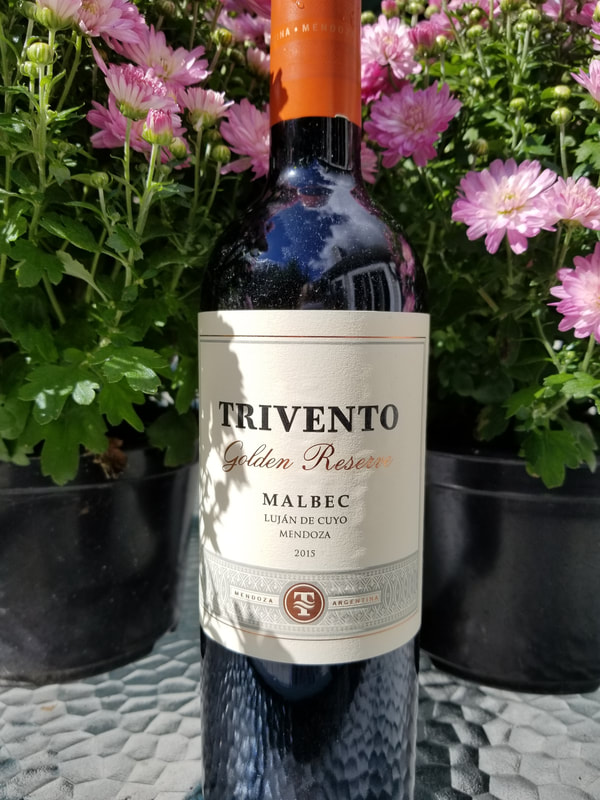
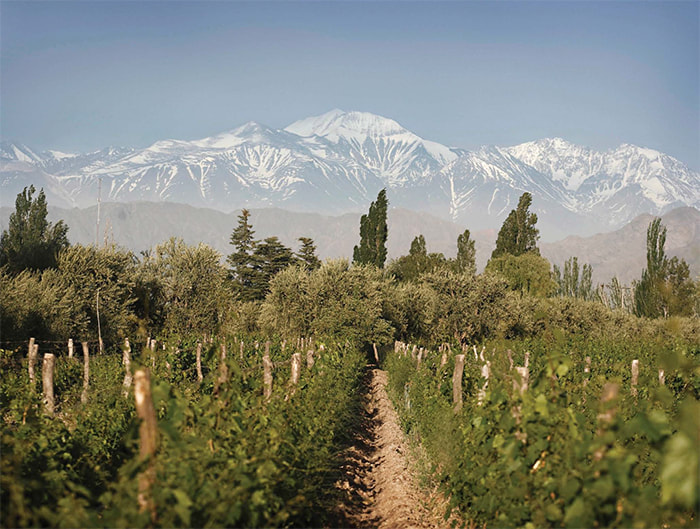
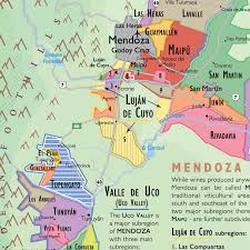
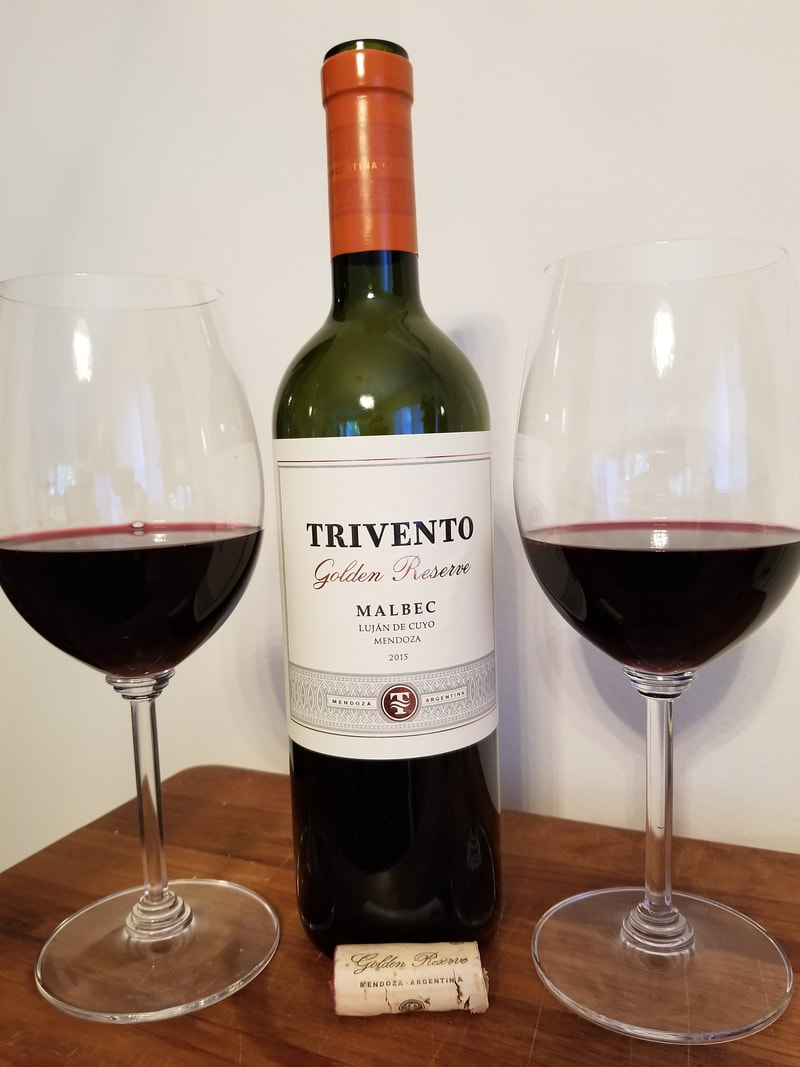
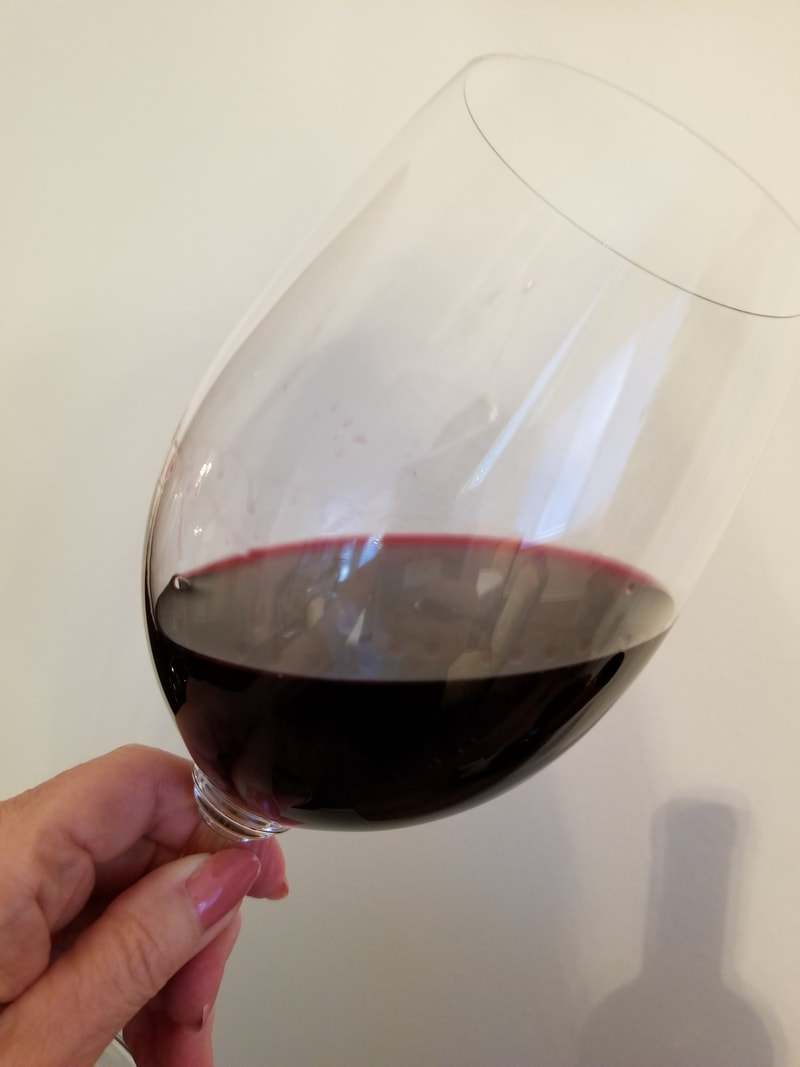
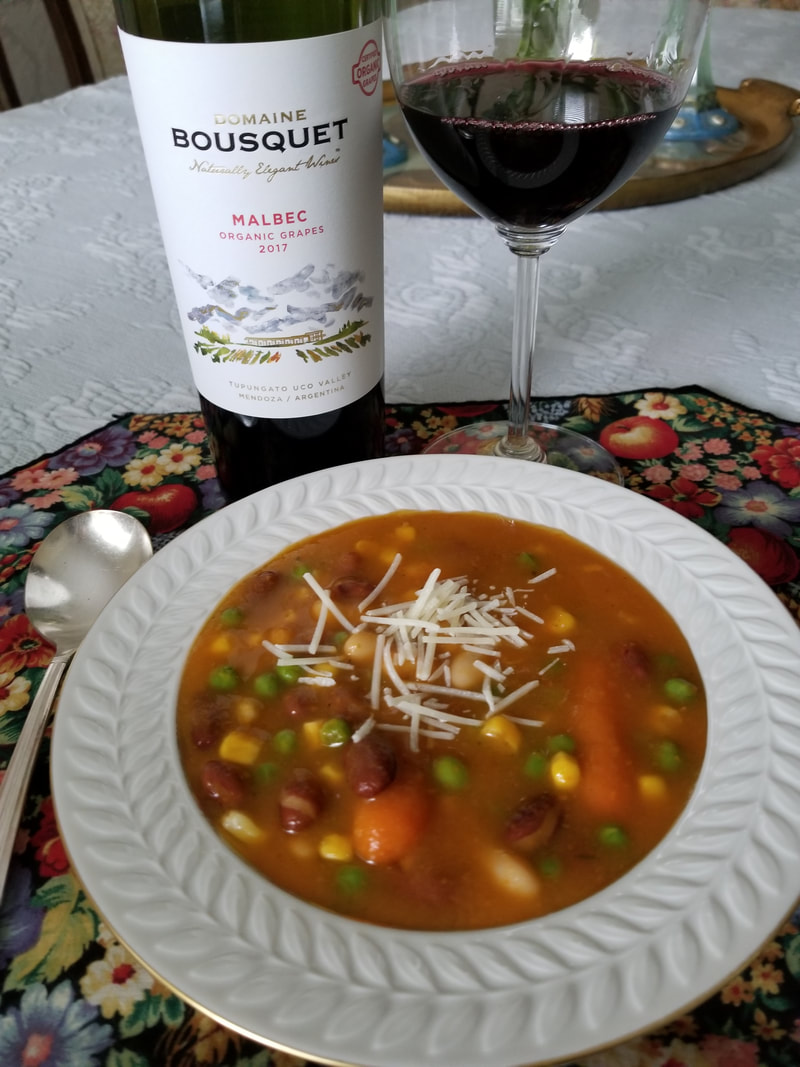
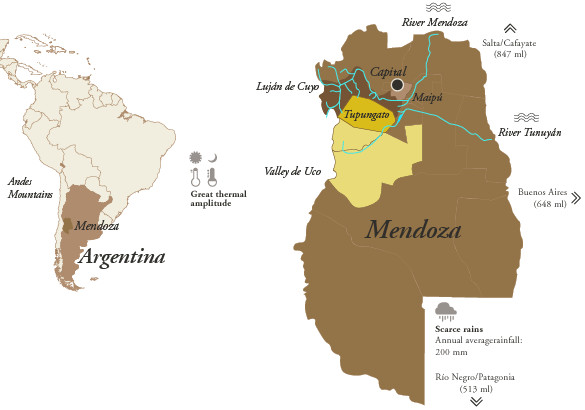
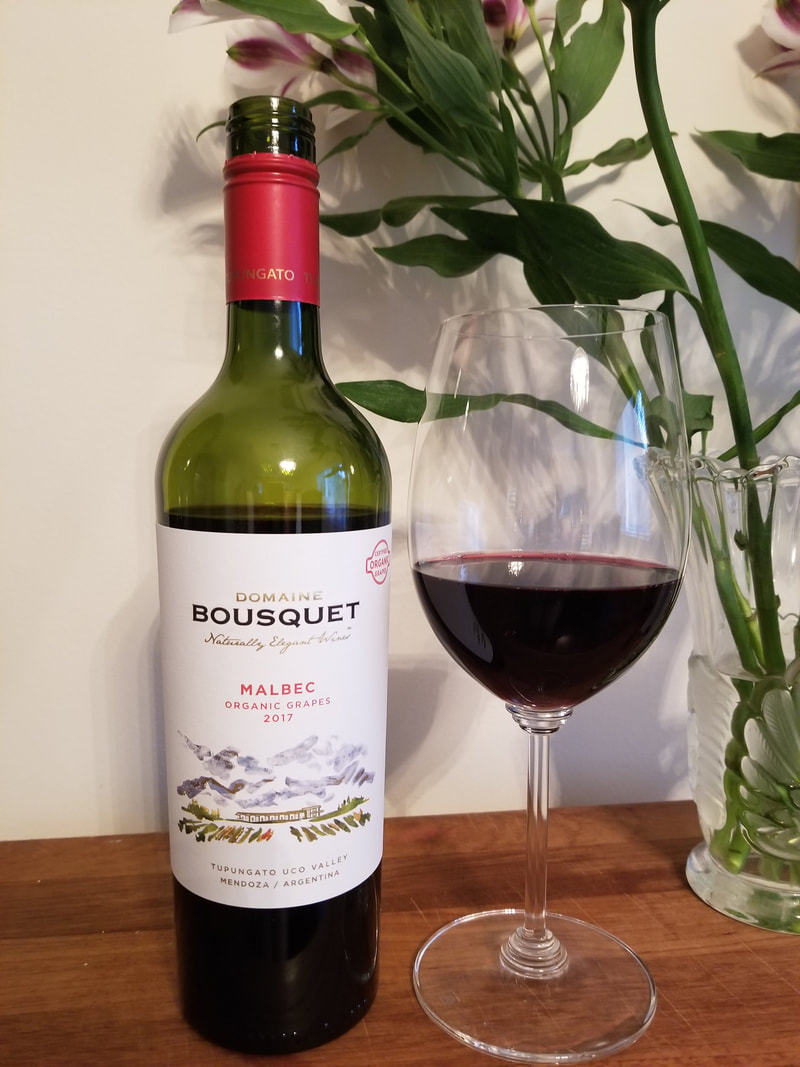
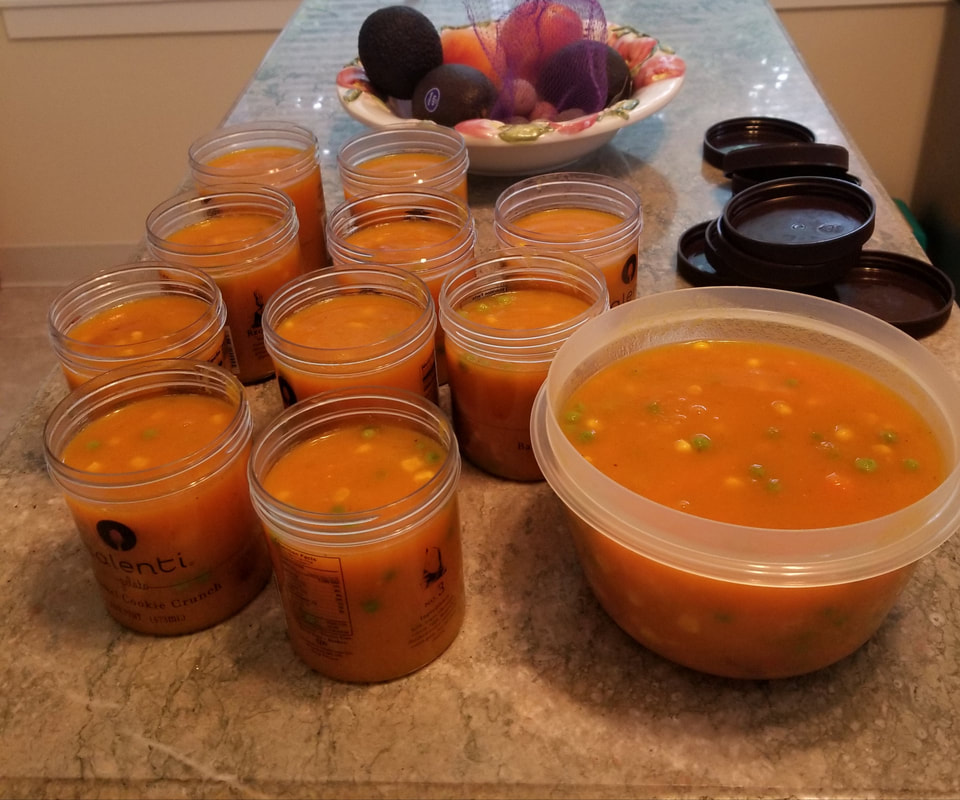
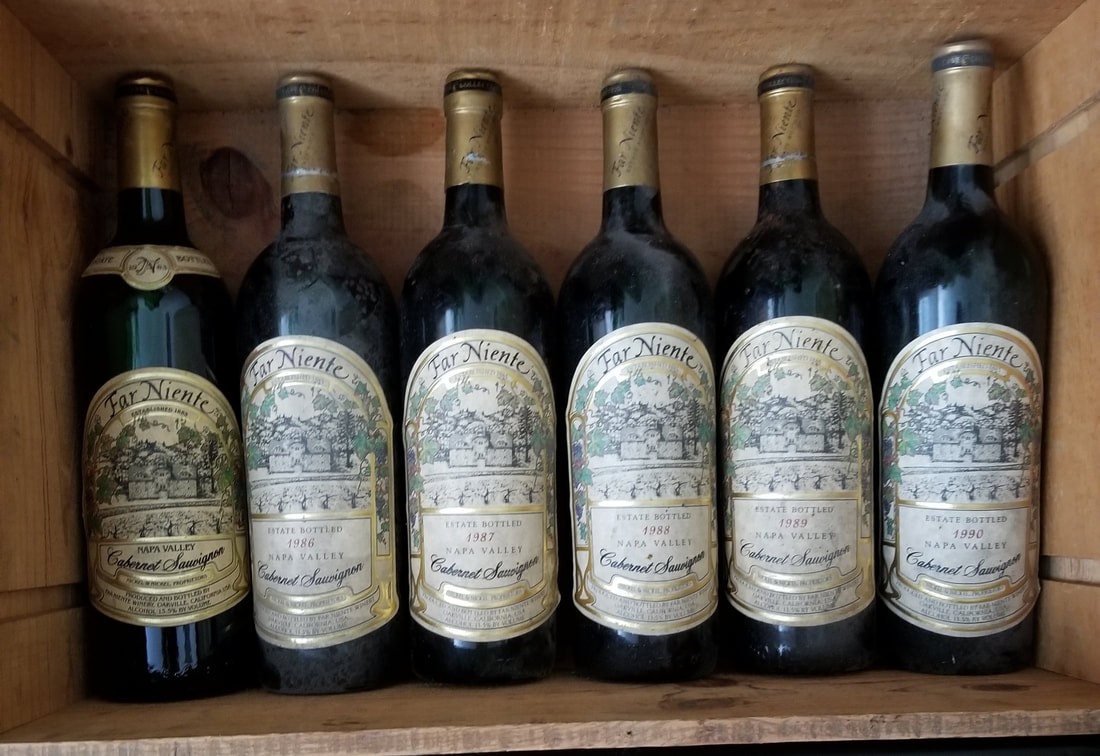
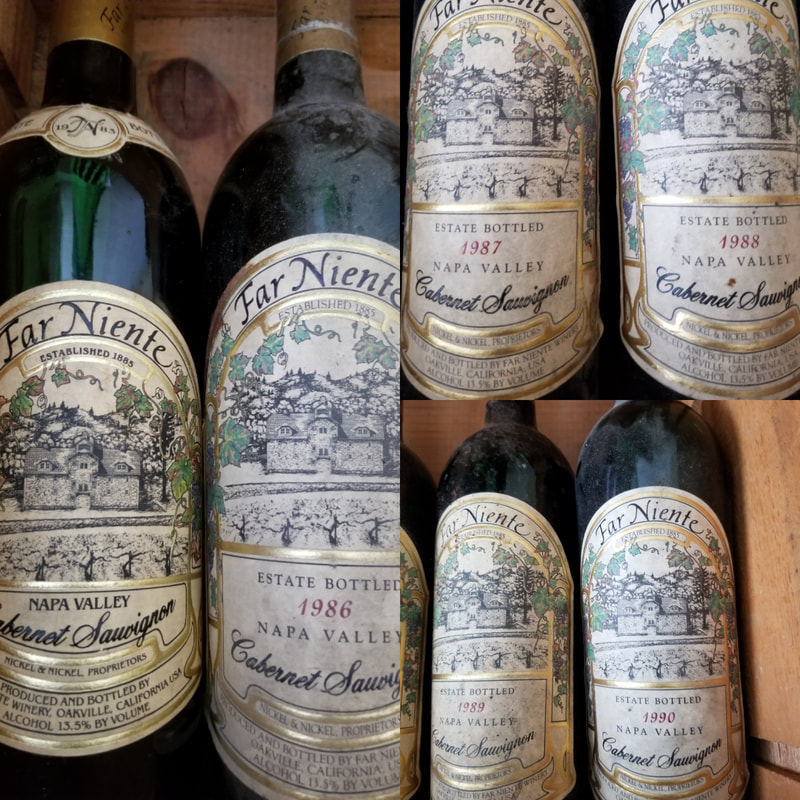
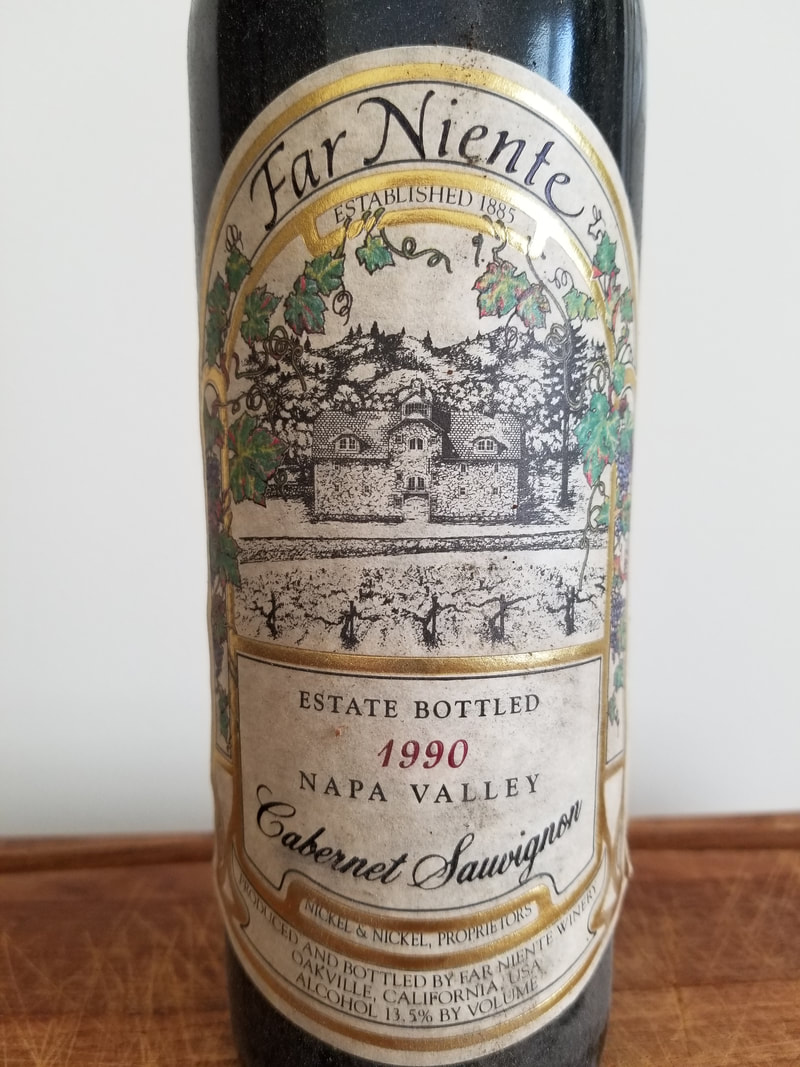
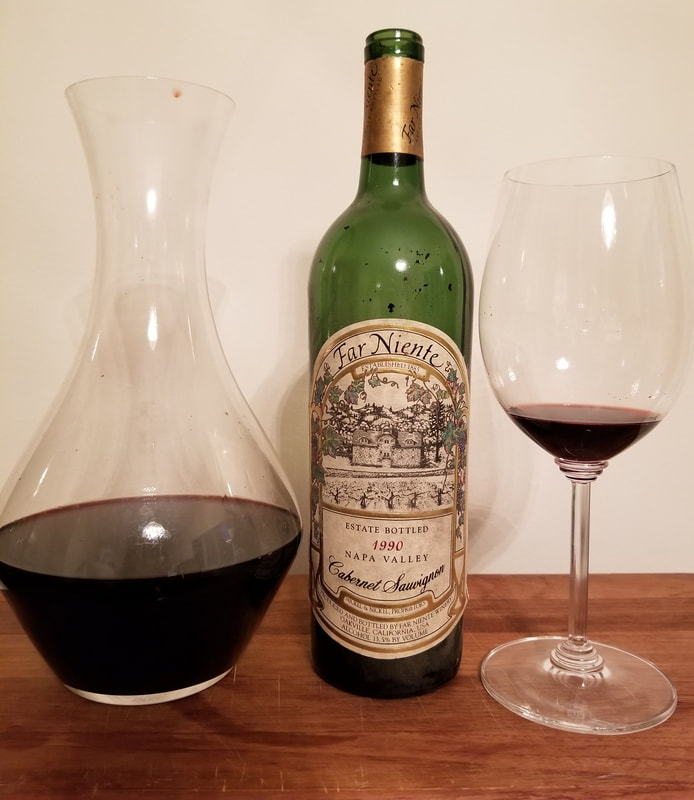

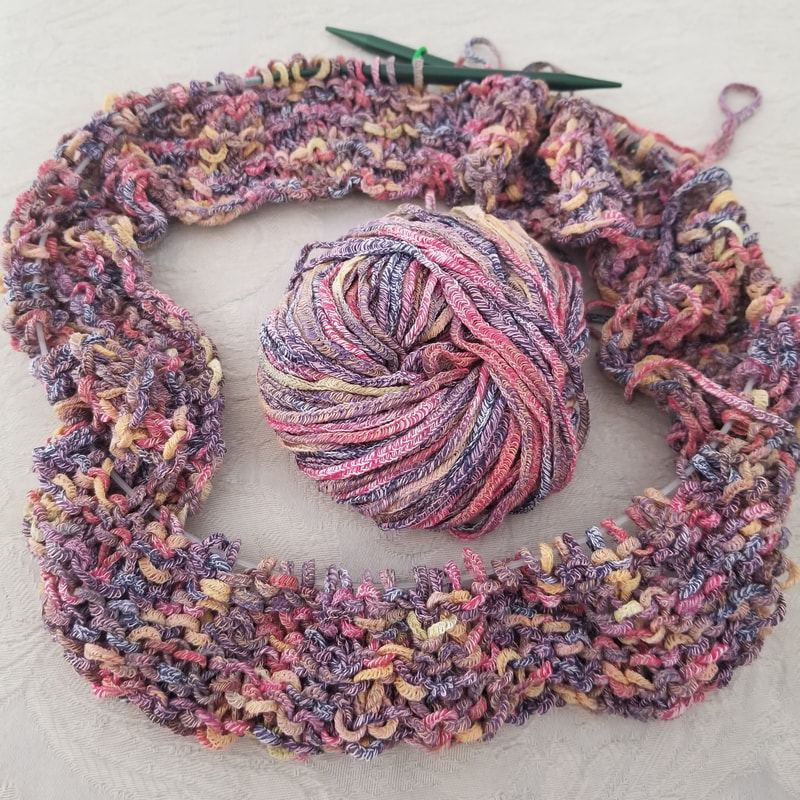
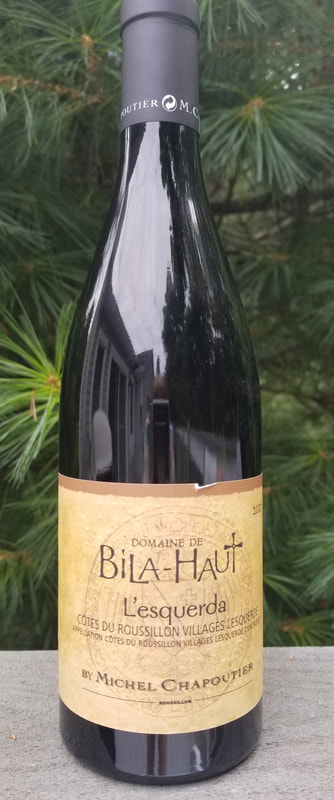
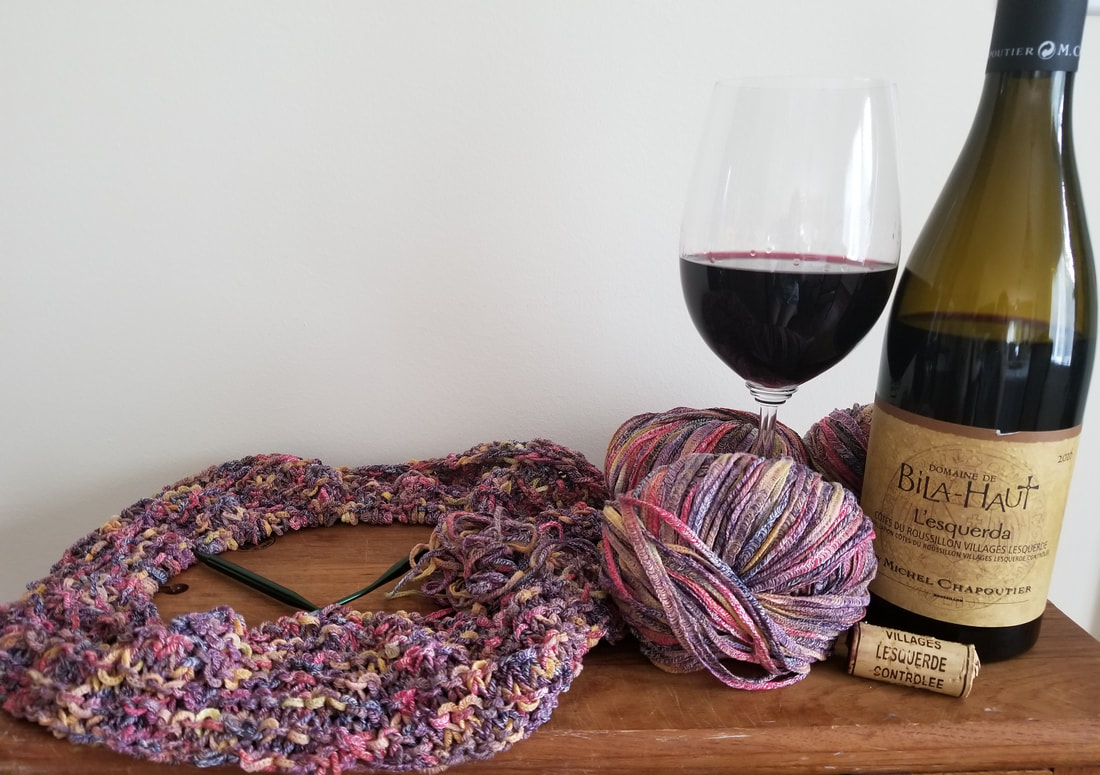

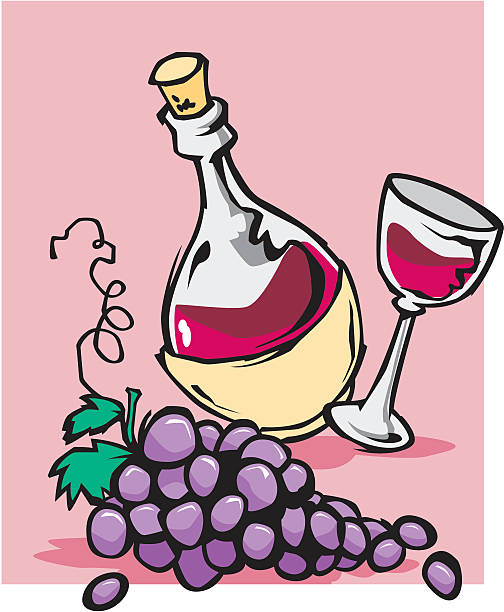
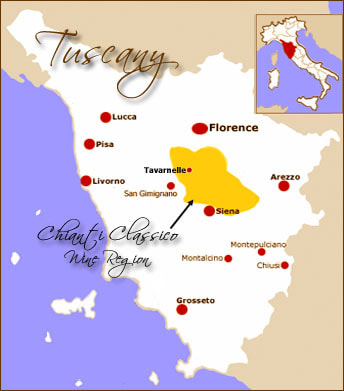
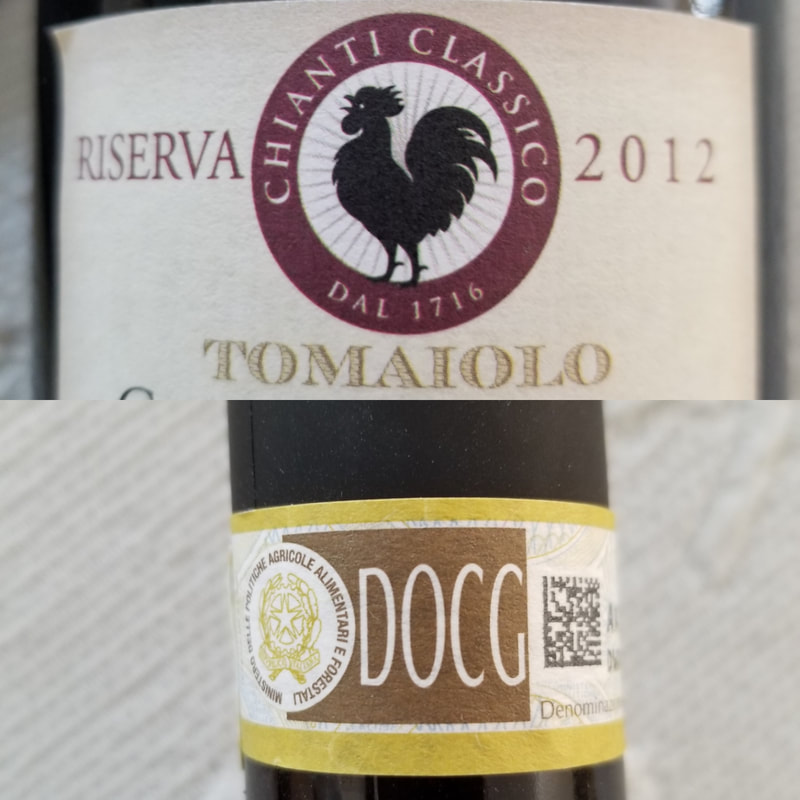
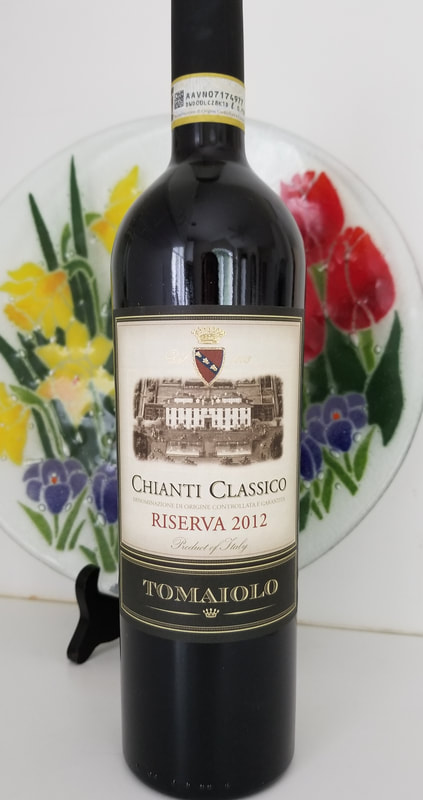
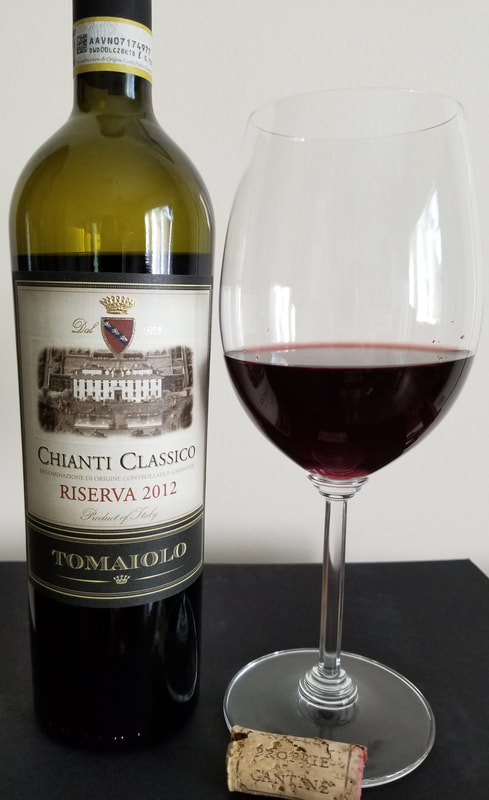
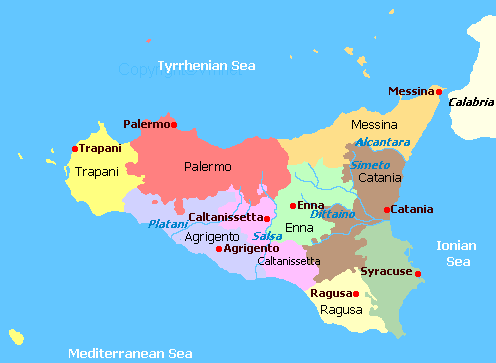
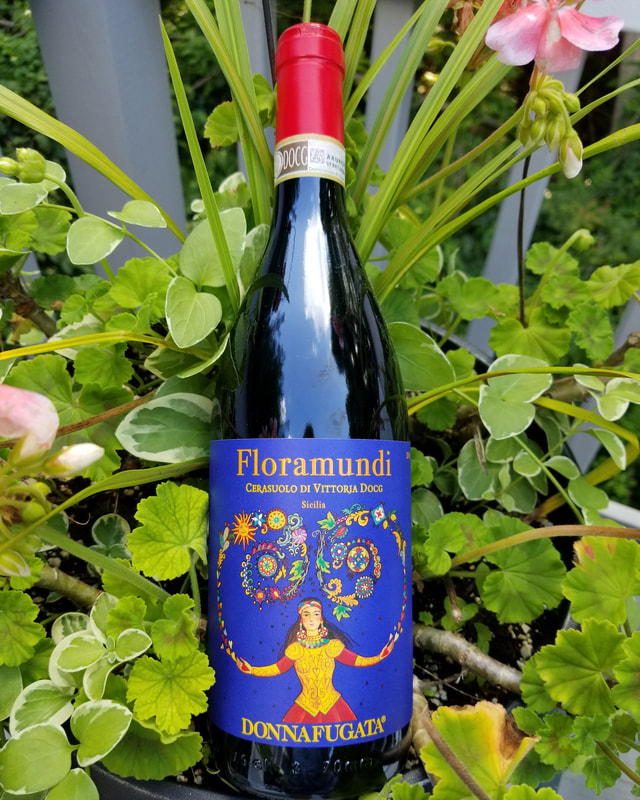
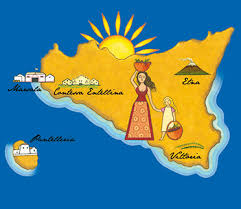
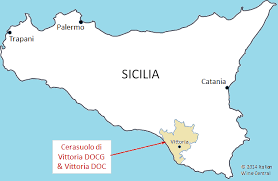
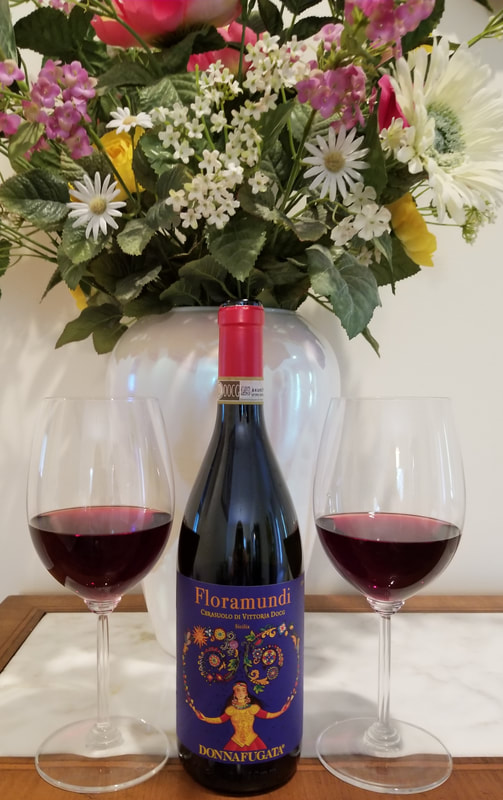
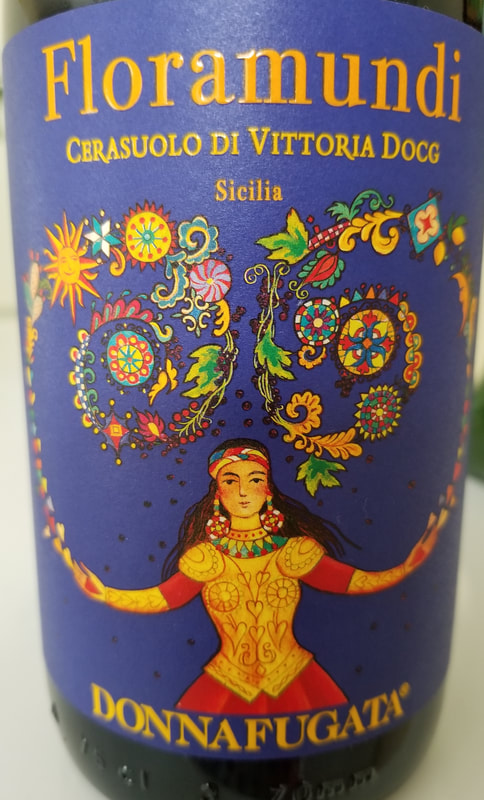
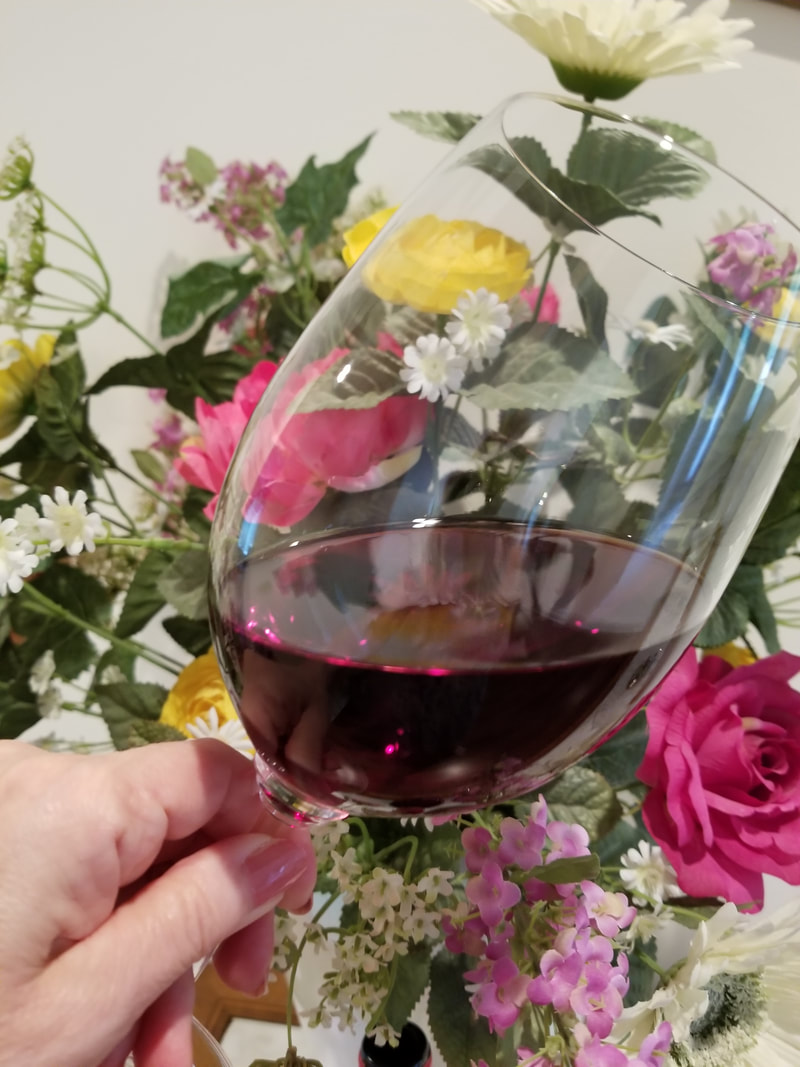
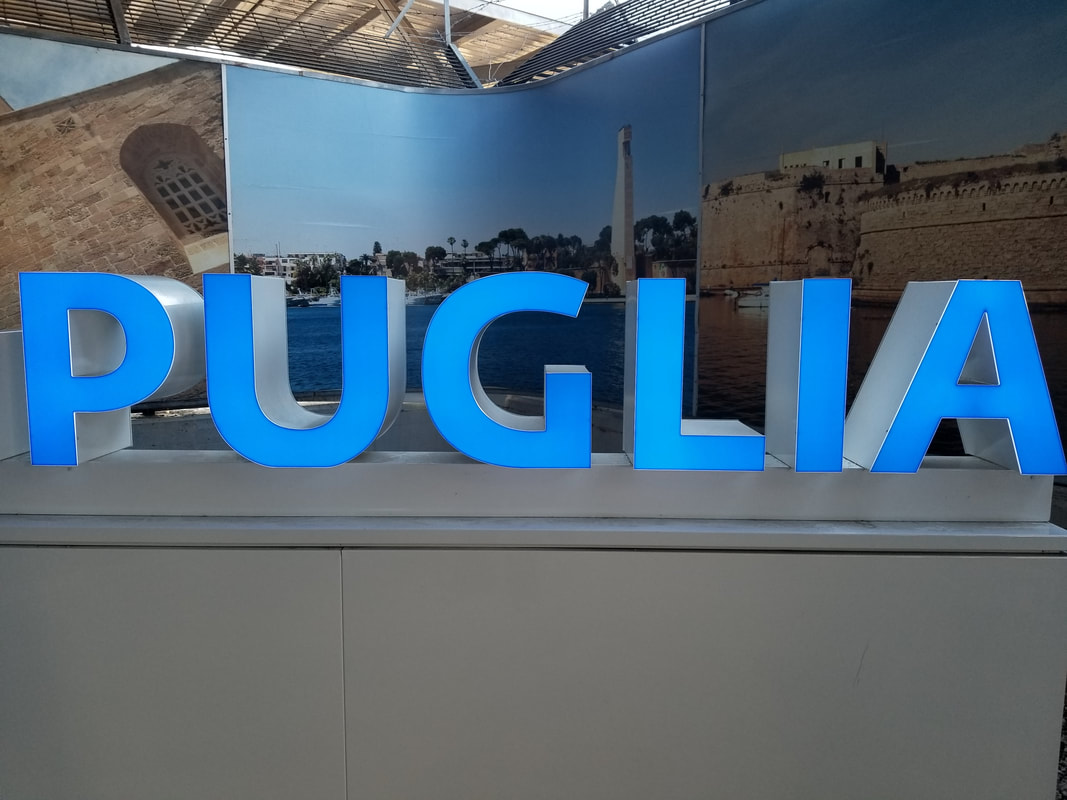
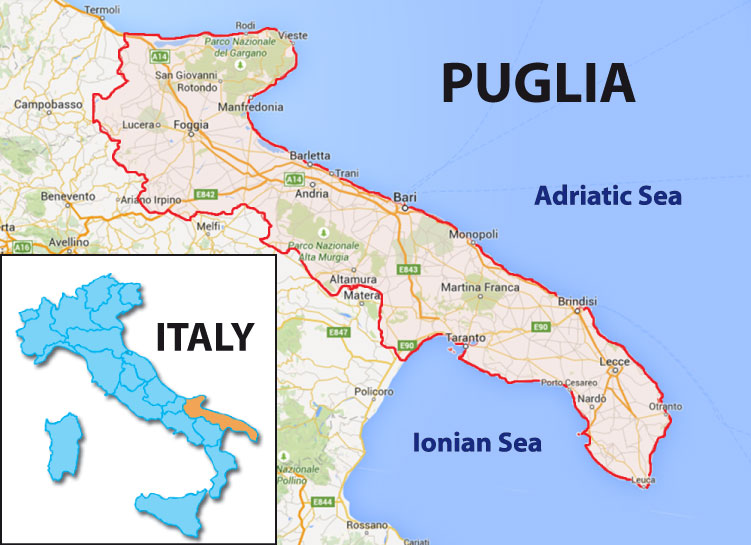
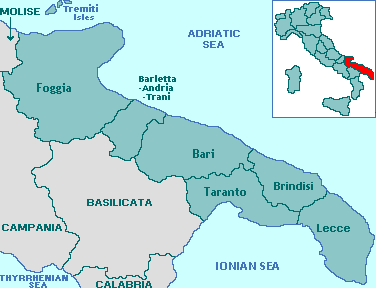
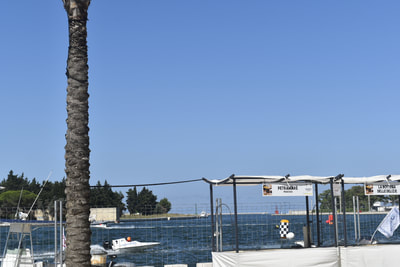
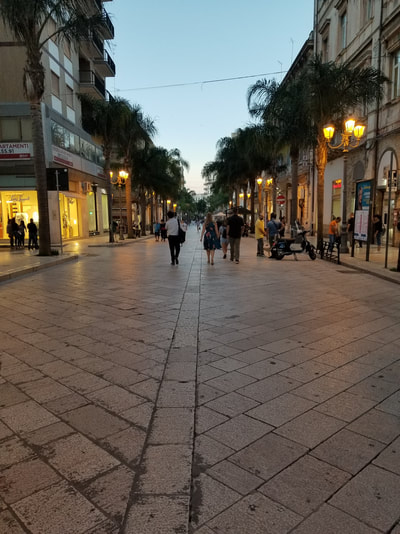
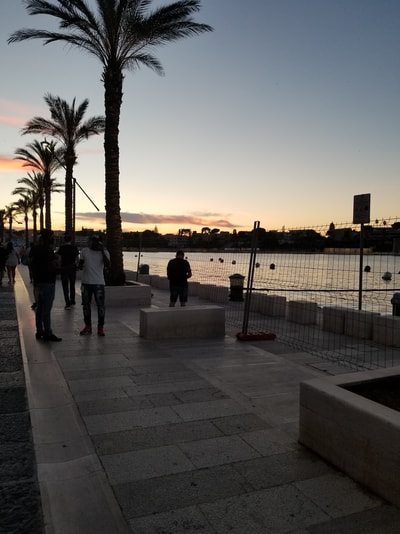
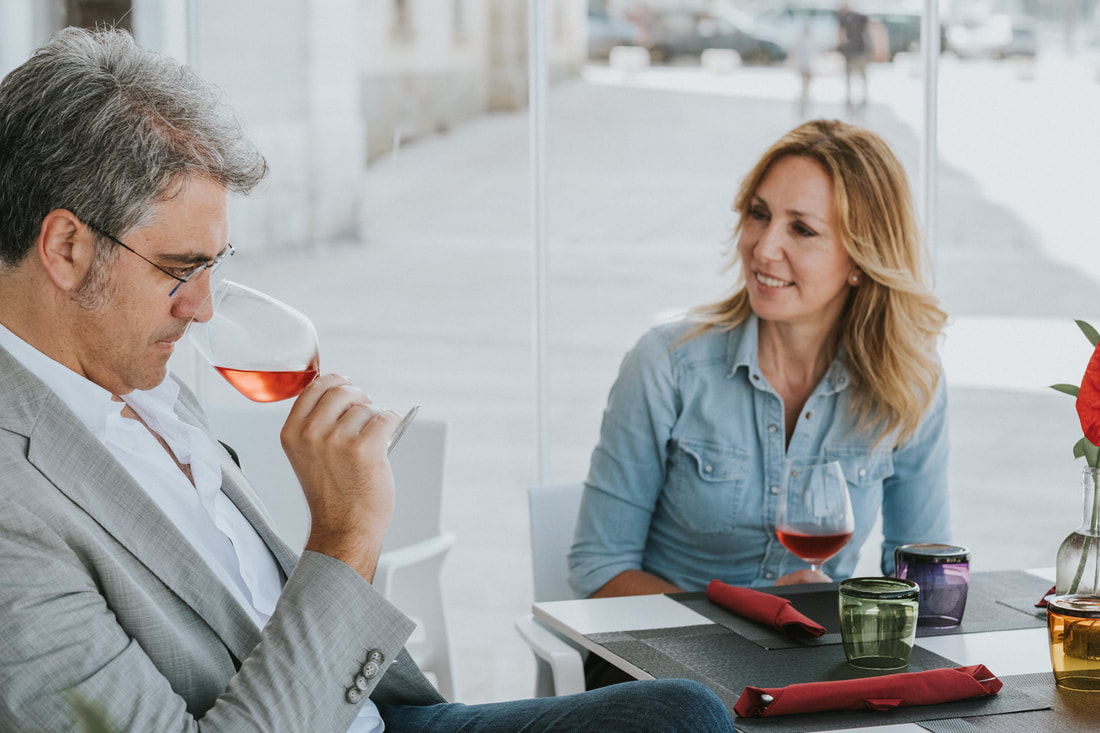
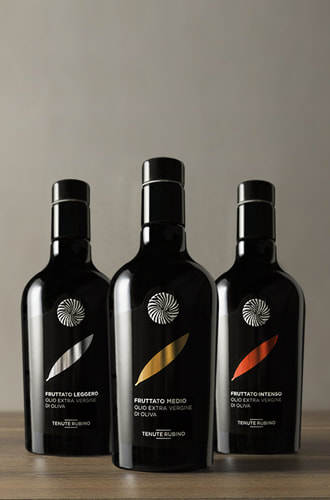
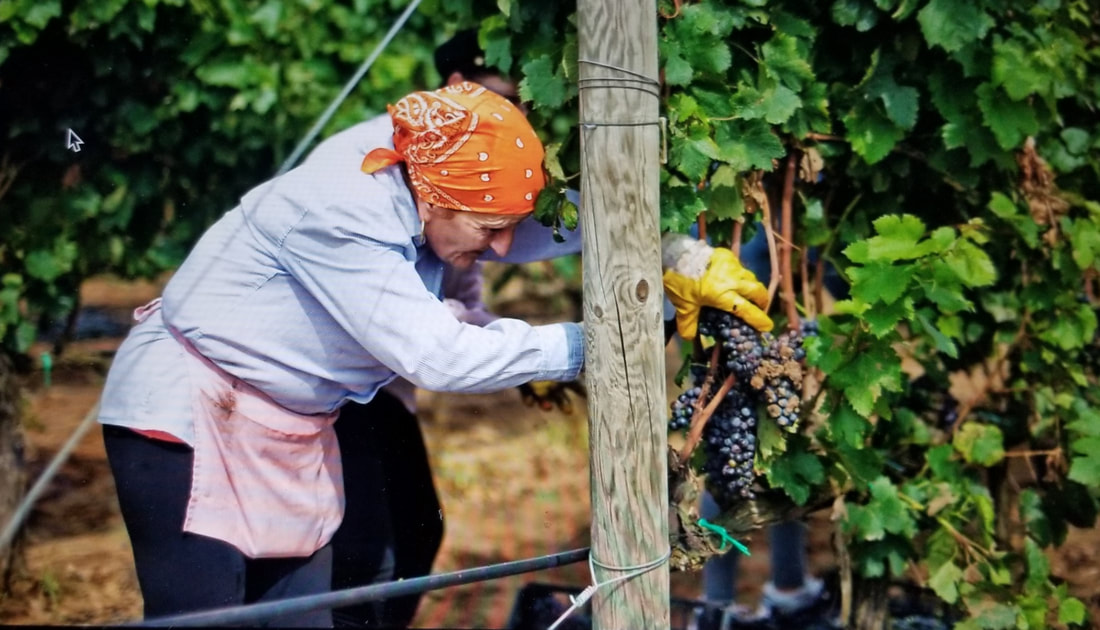
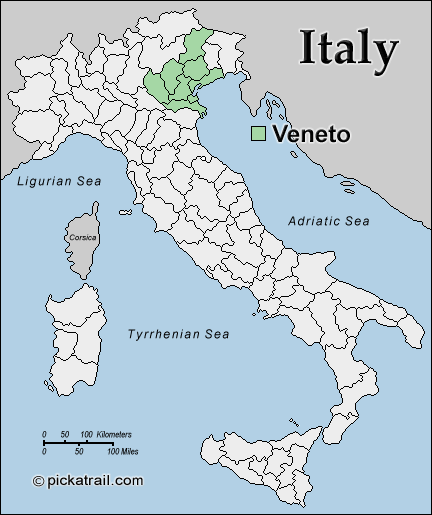
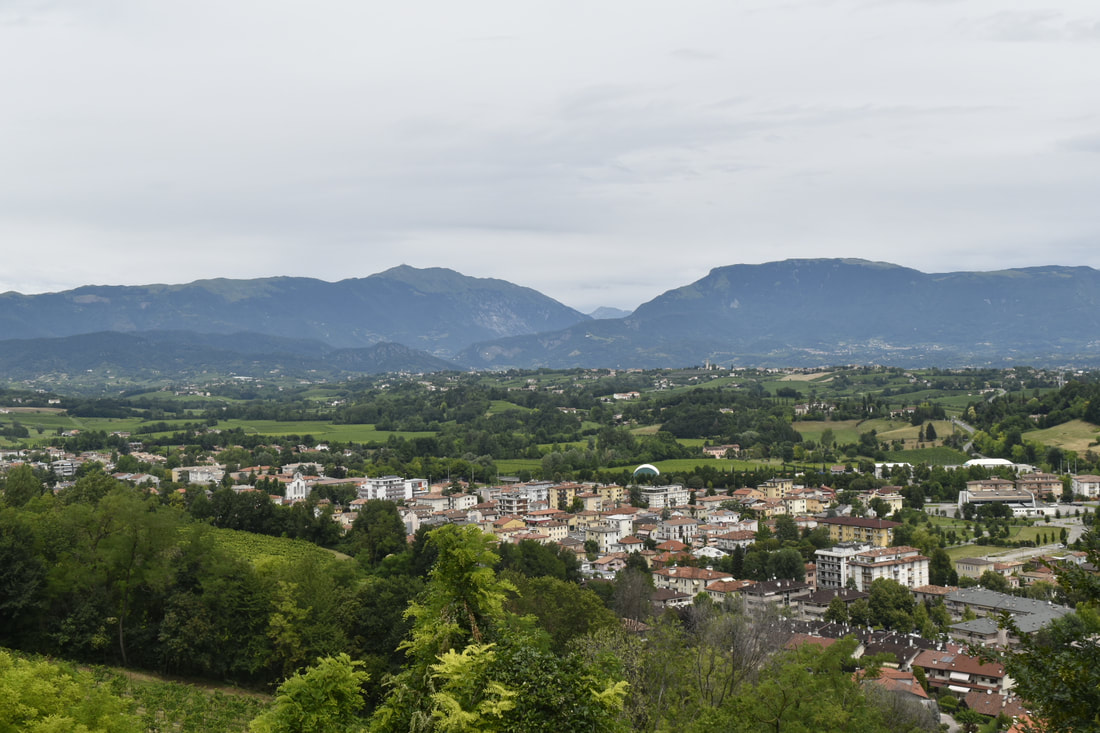
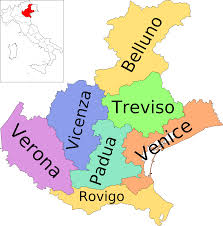
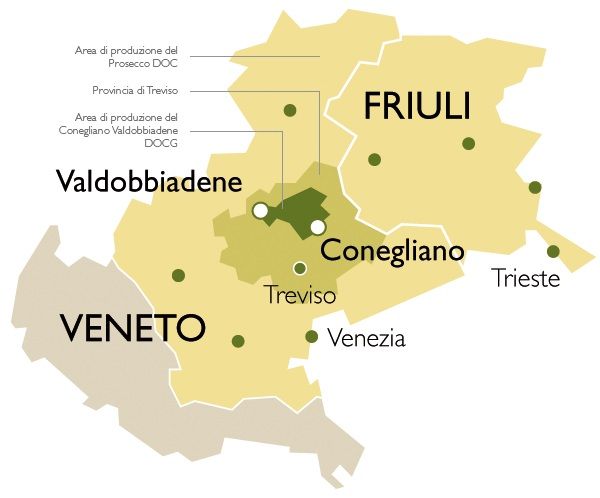
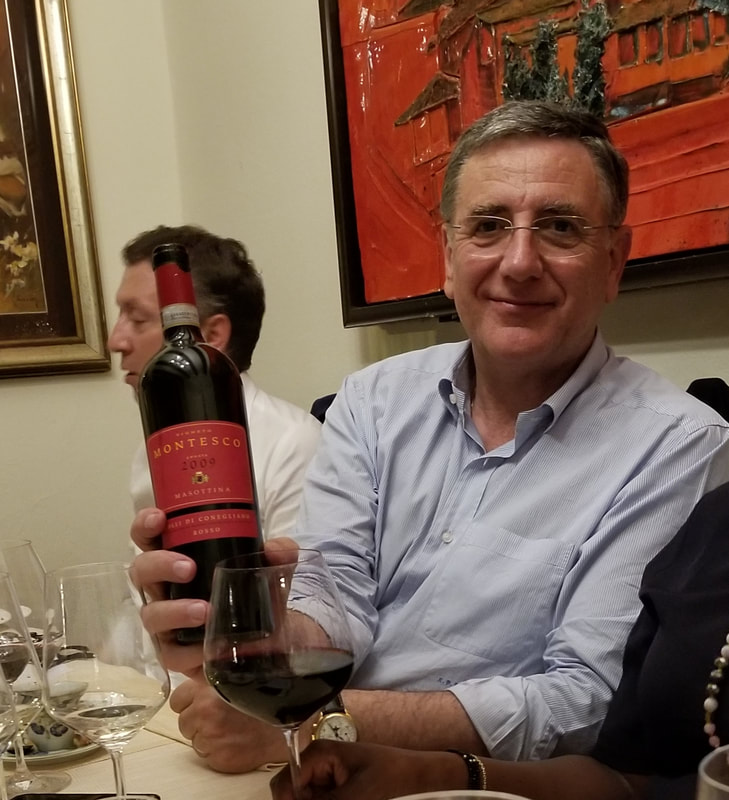
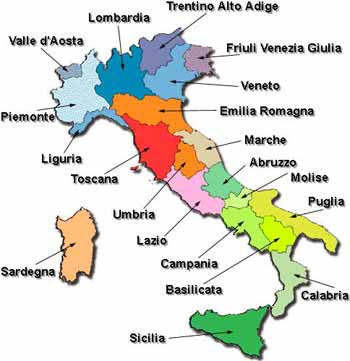
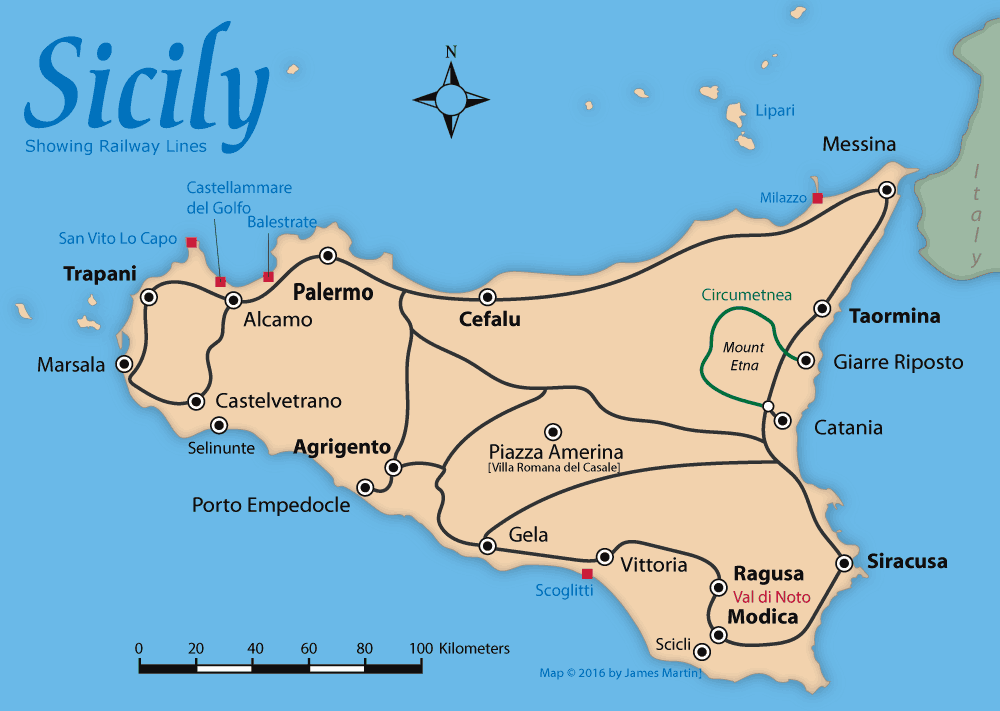
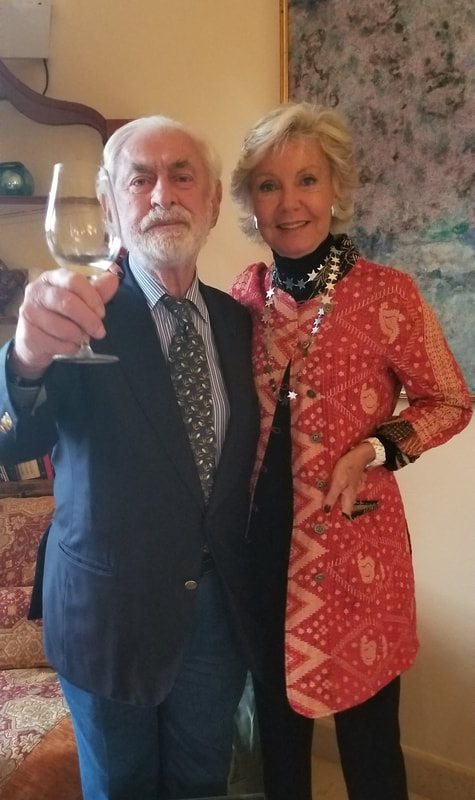
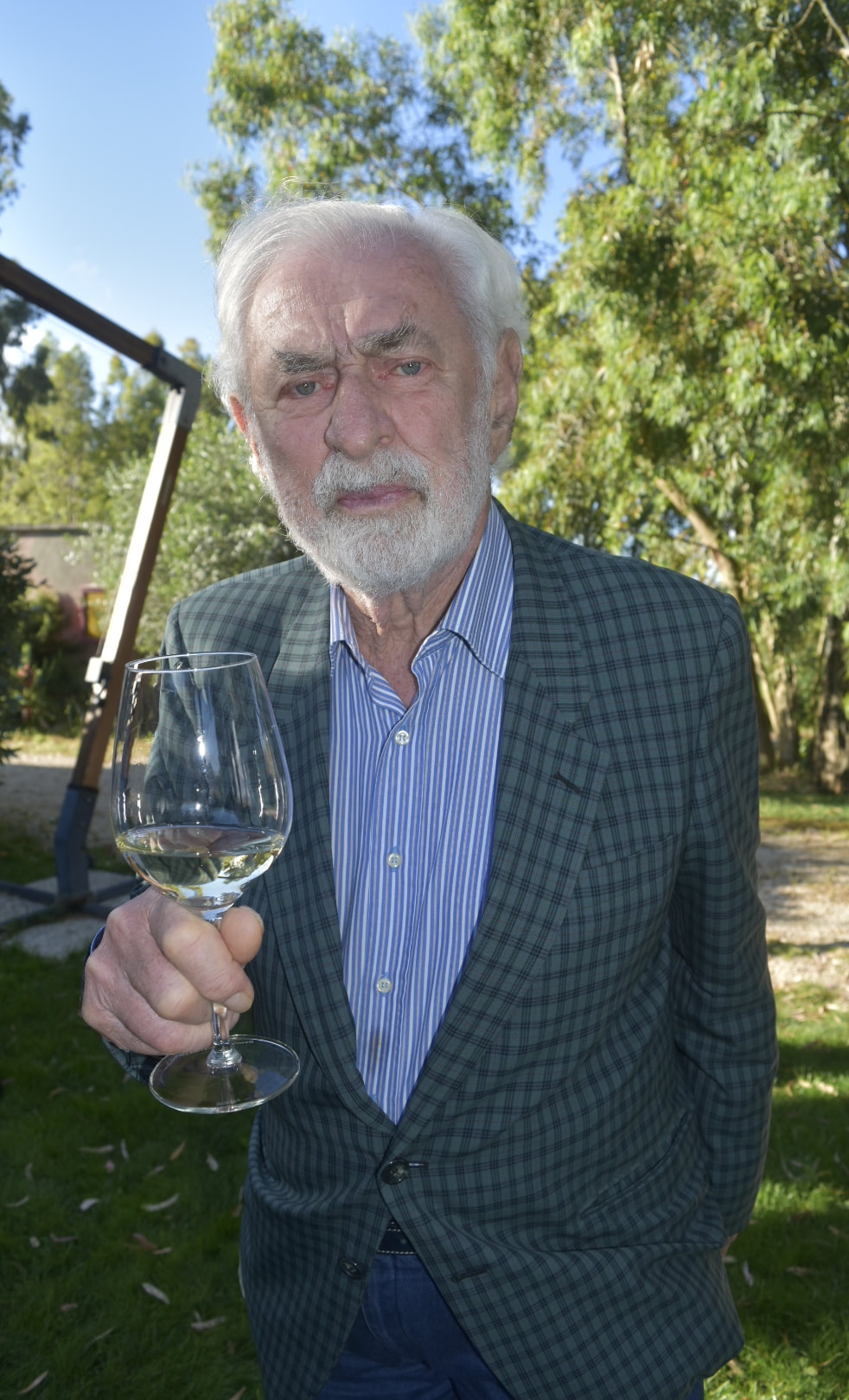
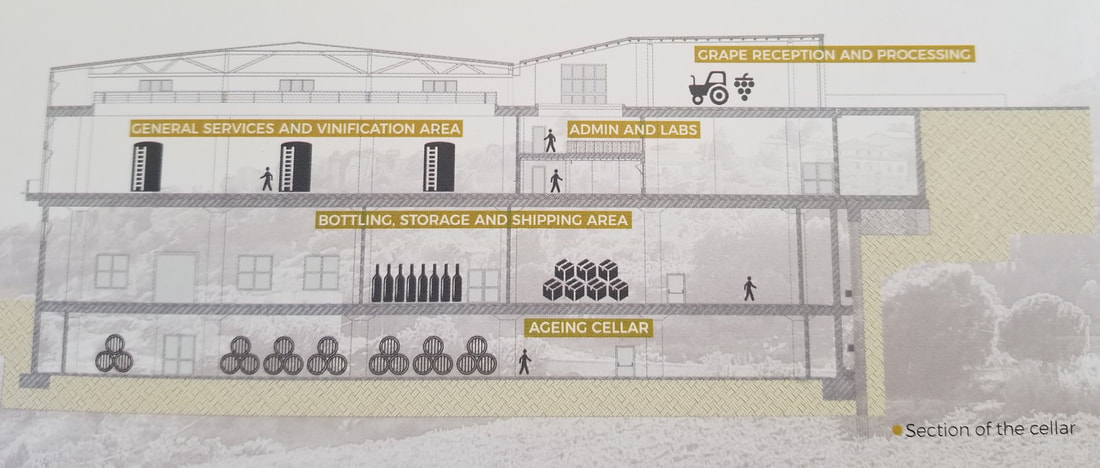
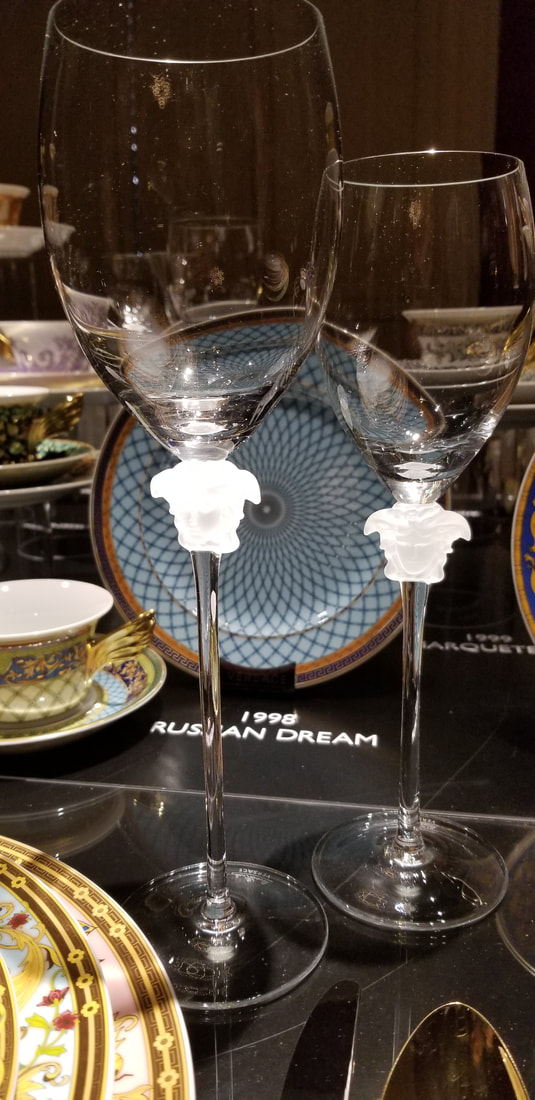
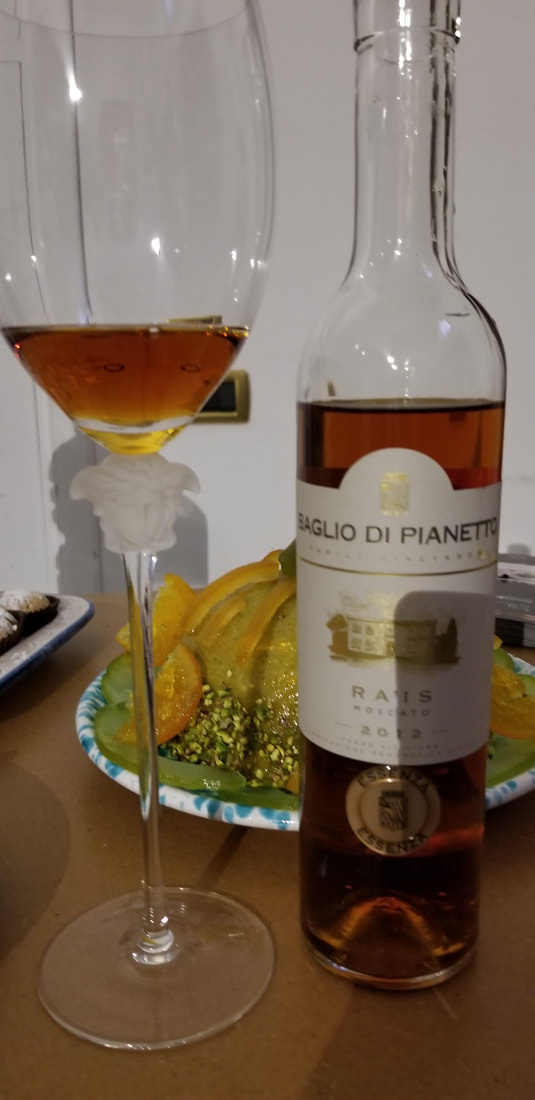
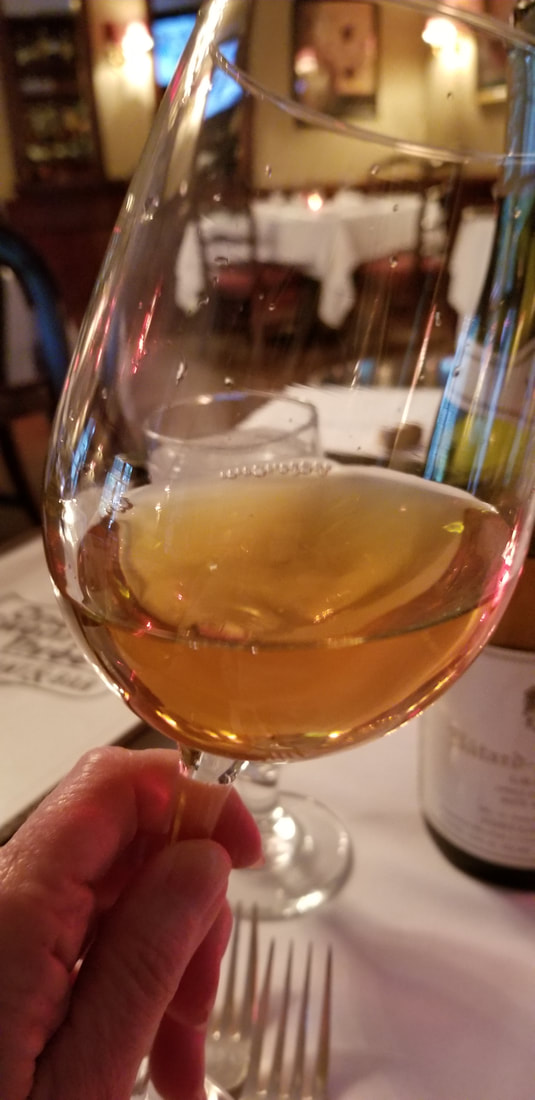
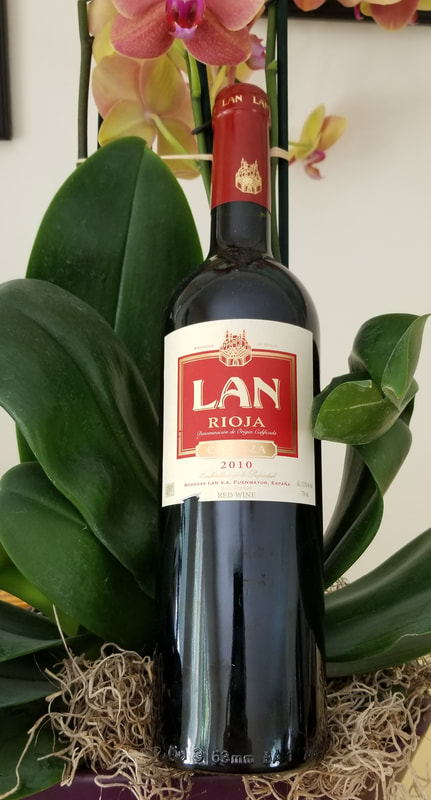
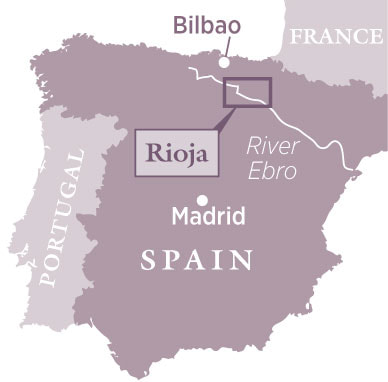
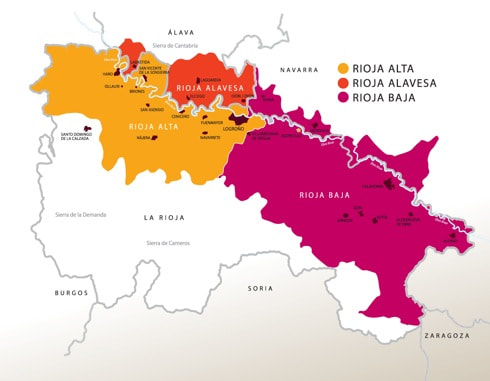
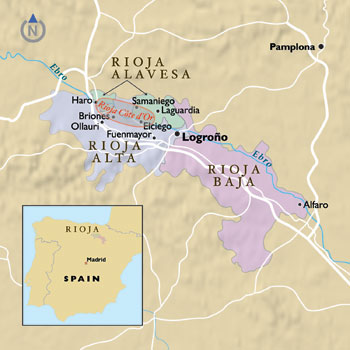
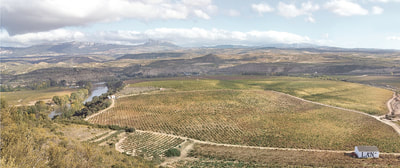
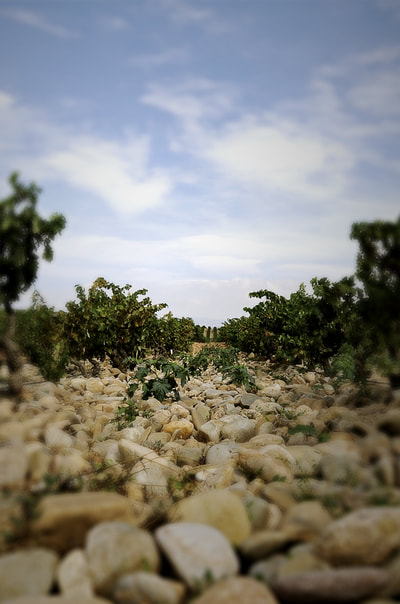
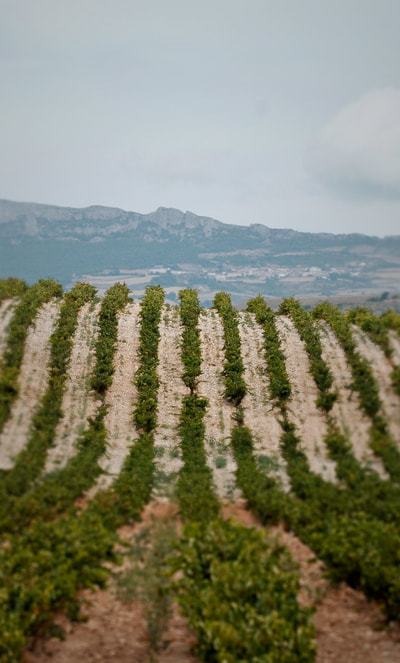

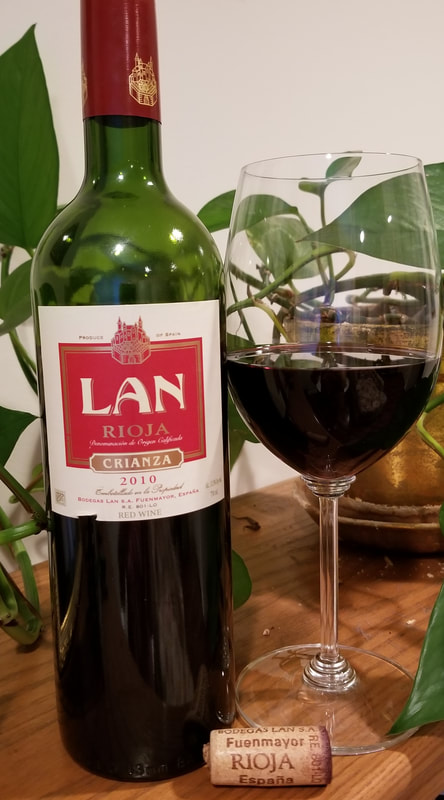
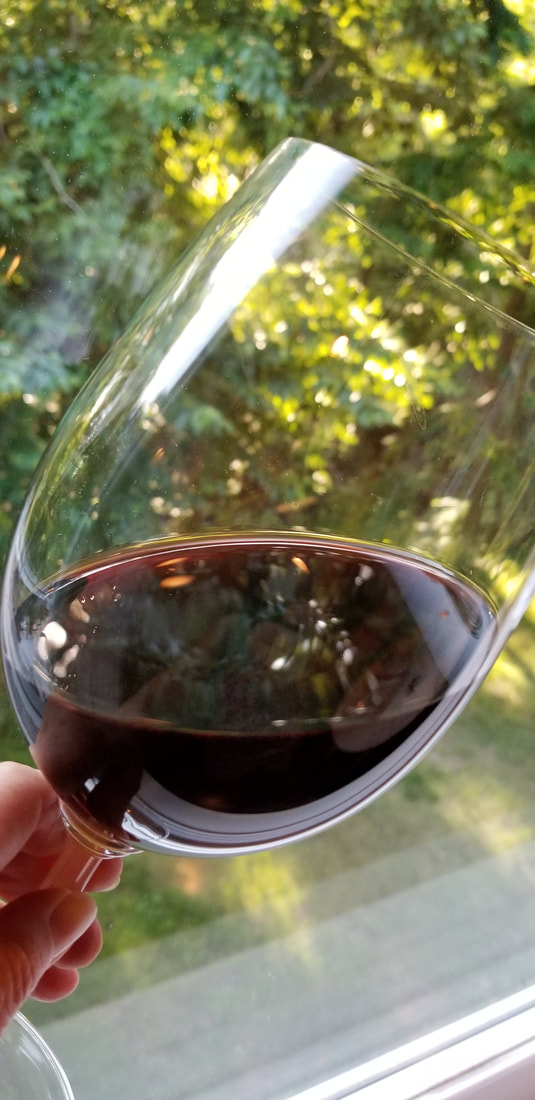
 RSS Feed
RSS Feed